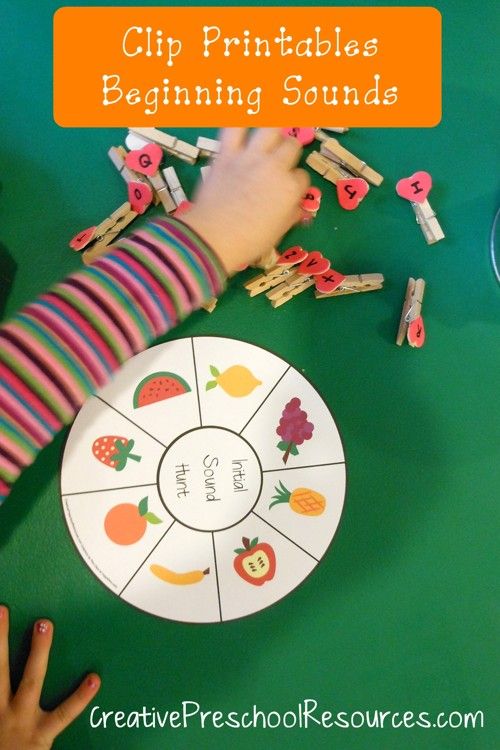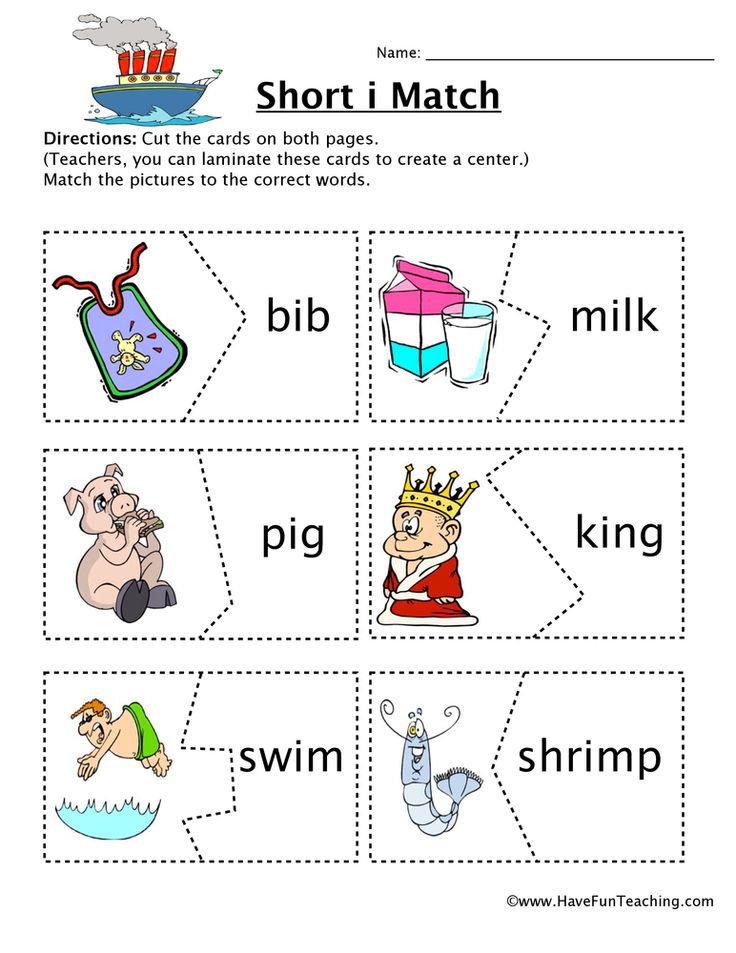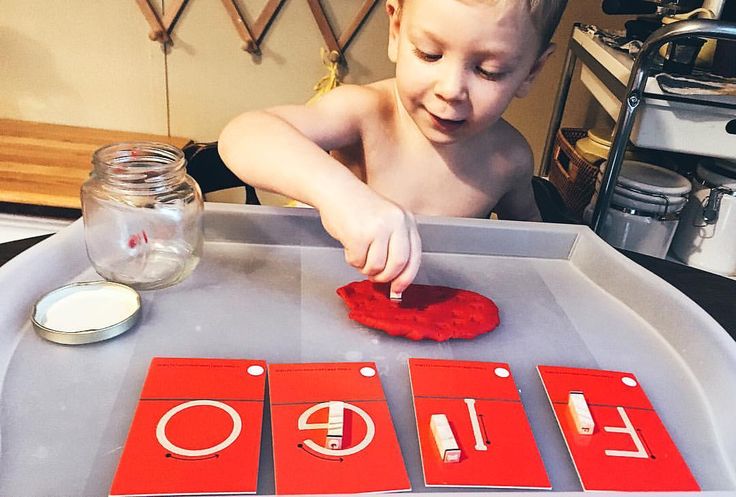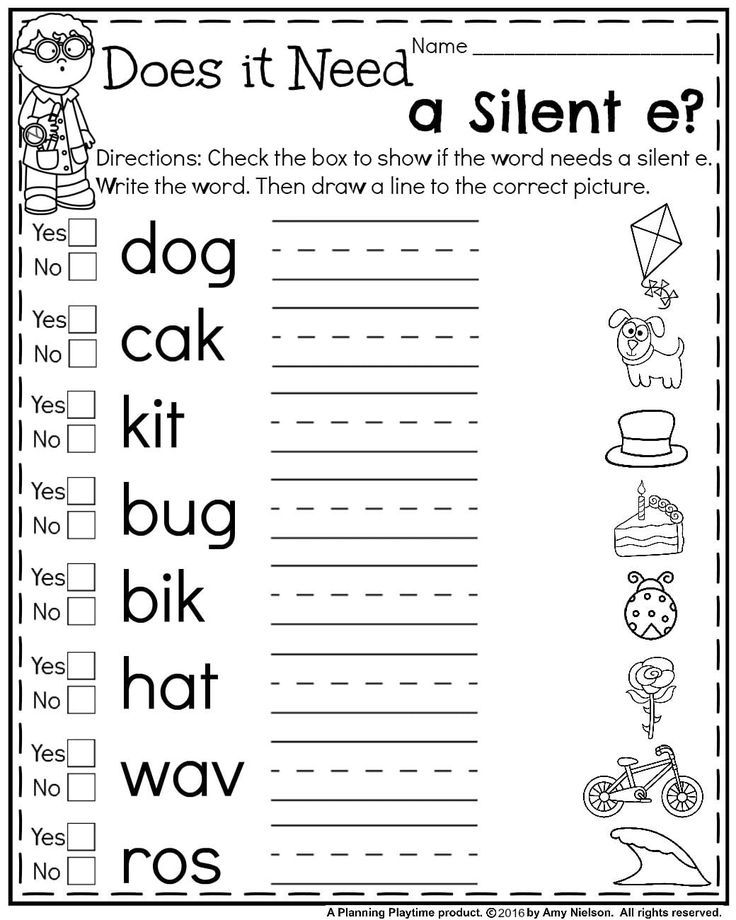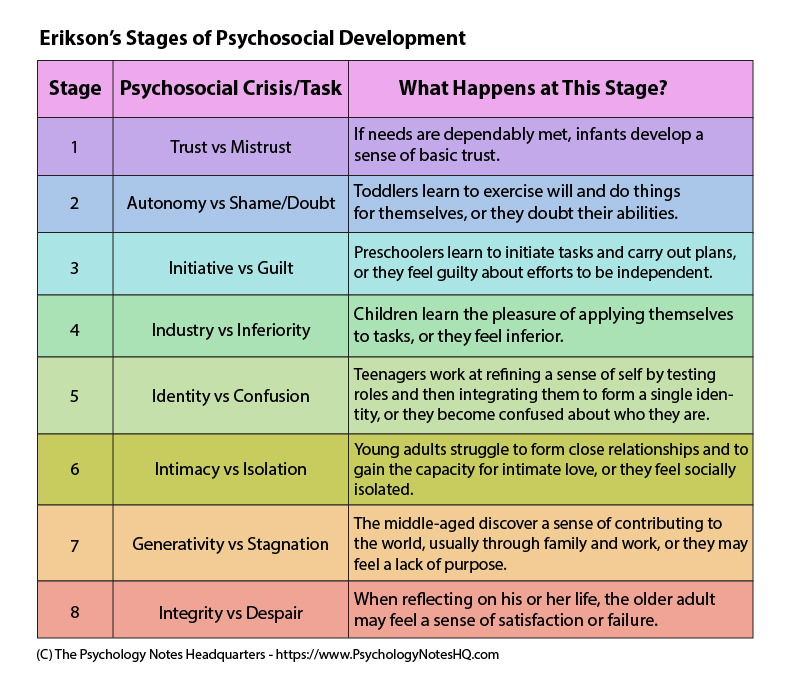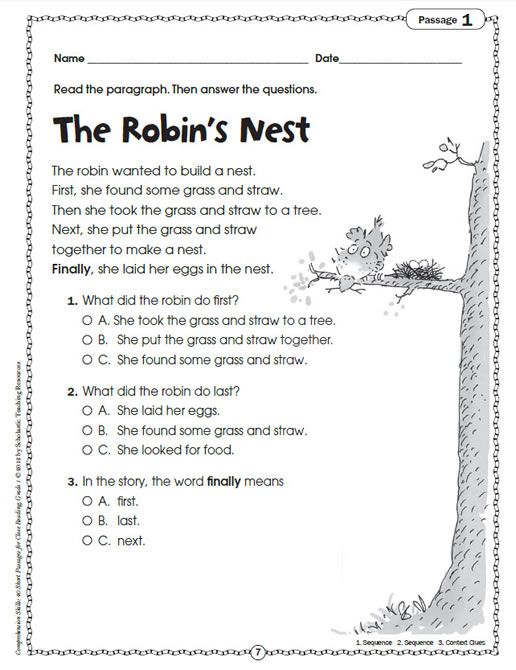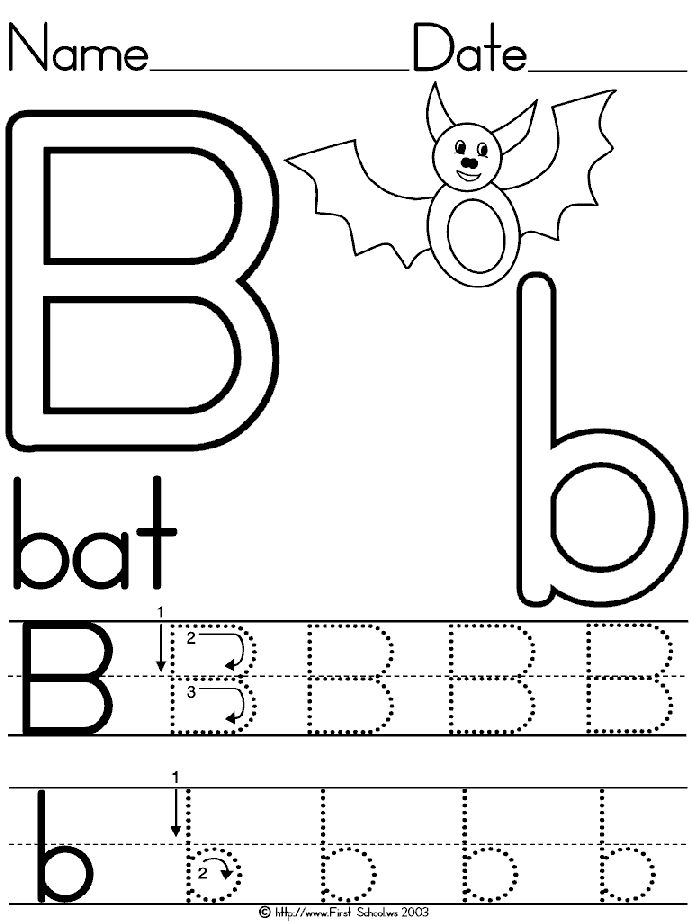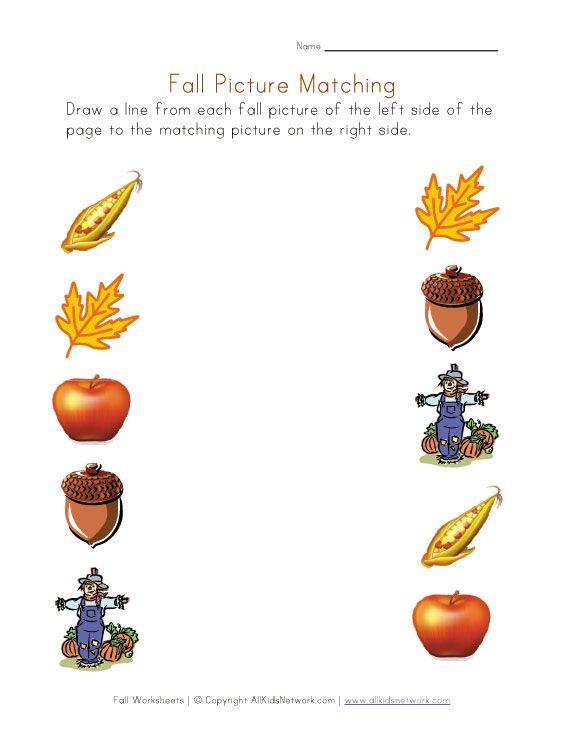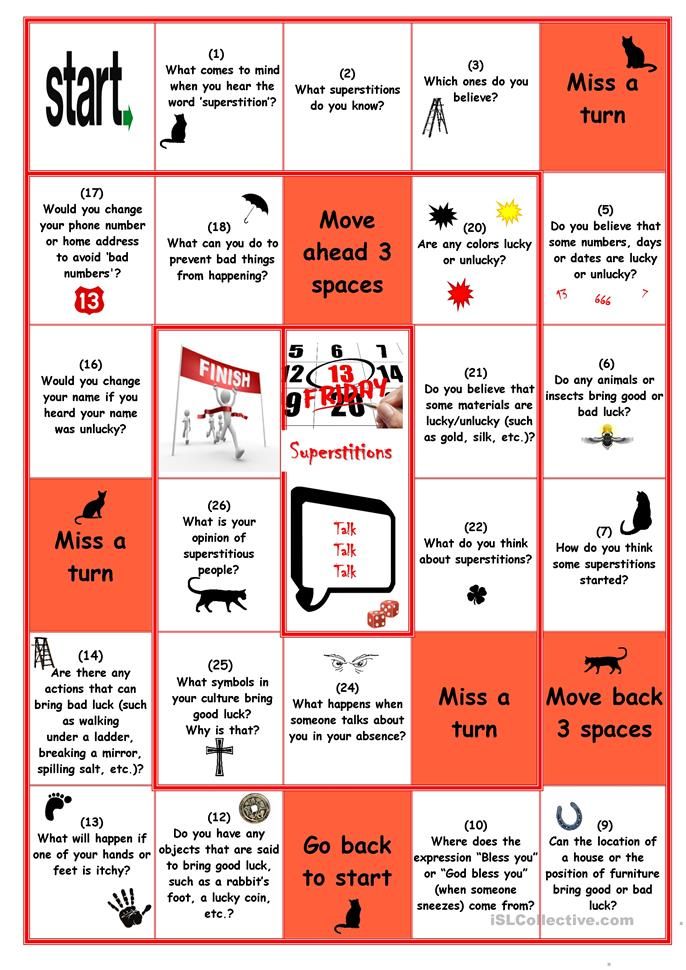Games for teaching letter sounds
Try These 10 Fun Phonics Activities to Teach Letter Sounds to Children
What Does the Research Say About Teaching Phonics?
Research indicates the importance of teaching children phonics as a preliminary step for learning to read. Phonics is the relationship between letters and sounds as well as the understanding of how those sounds connect to form words. Research also suggests that systematic instruction which incorporates word play (manipulating letters/sounds in words to change the word), writing words, and using manipulatives such as magnetic letters to create words are all effective strategies for teaching phonics.
Research on the Teaching of Phonics.
Additional research demonstrates the benefits of applying a multi-sensory approach to phonics instruction. A multi-sensory approach incorporates sight, sound, touch, and movement into instruction. This helps address a variety of learning modalities, enabling students to better absorb the information.
Research on Multi-sensory Methods in Reading and Literacy Instruction
Ten Fun Research-Based Phonics Activities to Teacher Letter-Sounds
1.
In the game “I spy” you pick something that you see and don’t tell the child what it is. The child has to guess what you see.
Here is how you can use “I Spy” to teach letter sounds (phonics):
Let’s say you see a book in the room: You can say: I spy something that starts with the letter B or I spy something that ends with the letter K. After your child guesses what “you spy” have them tell you the sound the letter makes. If your child cannot guess what “you spy” or does not know the letter sound, provide them with assistance.
You can also do the same thing using letter sounds. For example, if you see a book, you can say “I spy something that starts with (make the sound for b)” or “I spy something that ends with (make the sound for k). After your child finds the object, have them tell you what the first letter (or last letter) of the object is. Take turns with your child. First you spy, then they spy, or vice versa.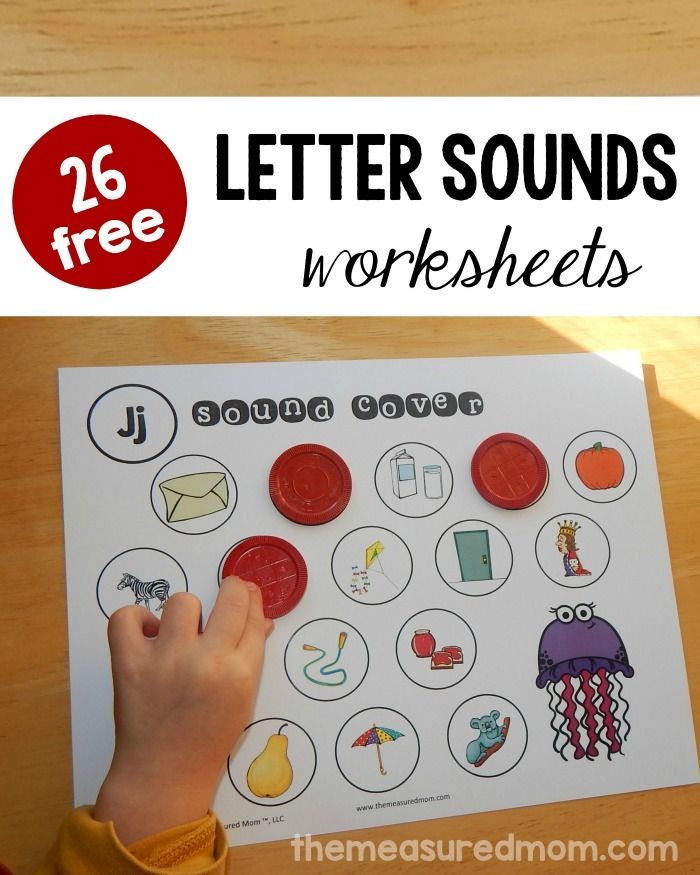
2. Put letters on flashcards and for a fun activity.
Put one letter on each card as shown below (create upper case and lower case cards):
Here is a sample activity:
Pick three to four-letter words and scramble them up. For example, if the word is pig, put the letters out-of-order (e.g., ipg) on the table in front of your child.
Put the letters one to two feet in front of your child so she has room to work. Next, give them a sheet of paper with three (or four) spaces for letters on it, like so _ _ _.
Then tell them the word or show a picture of the word and give the instruction (e.g., “I want you to make the word pig on the lines below, using the letters above).
If you have Magnetic Letters, you can use these as well. You can also encourage your child to write the letters in with a pen or pencil.
You can do word families to help your child understand that many words are spelled the same way, with only the first letter different. So after pig, try big, wig, and rig.
So after pig, try big, wig, and rig.
Rhyming practice is another helpful strategy when teaching kids about letter sounds.
3. Play letter-sound Go Fish.
Make doubles of flash cards. Each player gets five cards and the rest of the cards go in a pile in the center of the table. Player 1 calls out a letter-sound and asks if player 2 has a match. If they don’t have a match, tell them to “go fish” which means to choose from the pile. See more detailed rules for how to play Go Fish here.
4. Make your own phonics Bingo game.
Draw a grid or make one on the computer like the one below. (You can also print out a large version of the one below here). You can find more blank grids here).
While the grid above has 25 boxes, you can play phonics Bingo with 9 or 16 boxes also.
Here are four options for getting pictures into the boxes:
Option 1 – Draw something simple in each box. Examples of simple drawings for each letter of the alphabet include an apple, a banana, a comb, a door, an egg, a feather, a girl, a hat, an ice-cube, a jar, a kite, a light bulb, a mitten, a nose, an orange, a pan, a queen, a ring, a spoon, a table, an umbrella, a vase, a worm, a xylophone (that one might not be so easy to draw), and a zipper.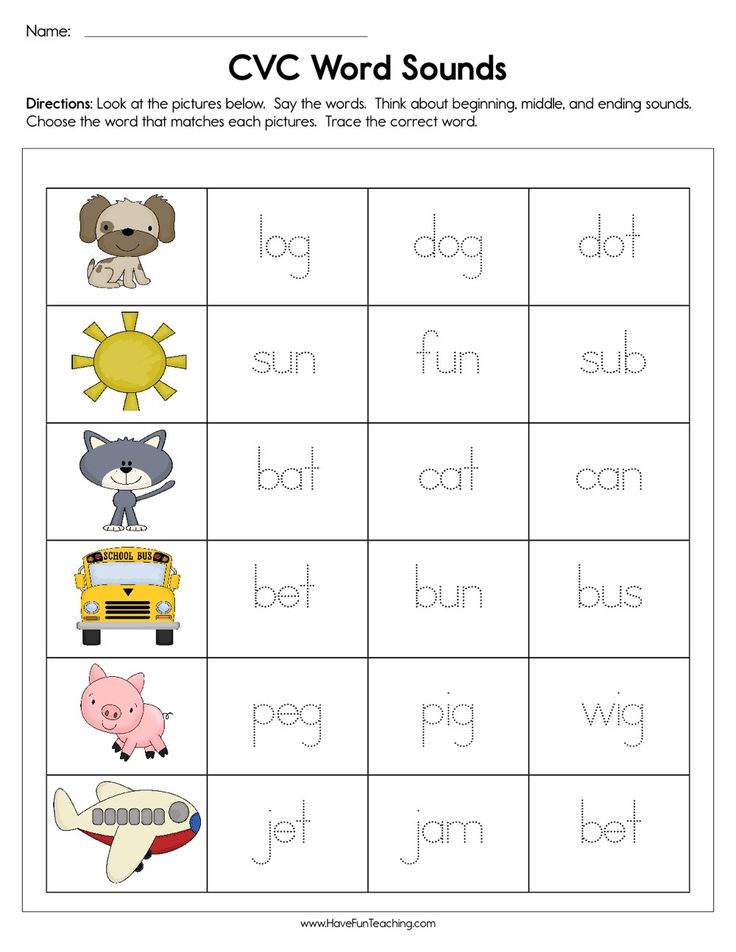 Use colors to make it look fun.
Use colors to make it look fun.
Option 2 – Get images from Google Images, print them, cut them out and glue them in the boxes.
Option 3 – Go to Google Images, copy each image by hitting “control c’ or by right-clicking on the image and selecting copy, then paste each picture into each grid box by right-clicking in the grid and clicking paste or by hitting “control v.”
Option 4 – Find and print out ready made Bingo grids by doing a search for Kids Bingo Grids
You can play the Bingo game four ways:
1 – Call out a letter sound. If your child has a picture on her Bingo card that starts with that letter sound, have her put a coin, checker piece, or small piece of paper over the picture (you can cut index cards into small pieces. This will work better than regular paper because the pieces will be heavier and stay on the Bingo card better).
2 – Call out a letter. If your child has a picture on her Bingo card that
starts with that letter, have her cover the picture.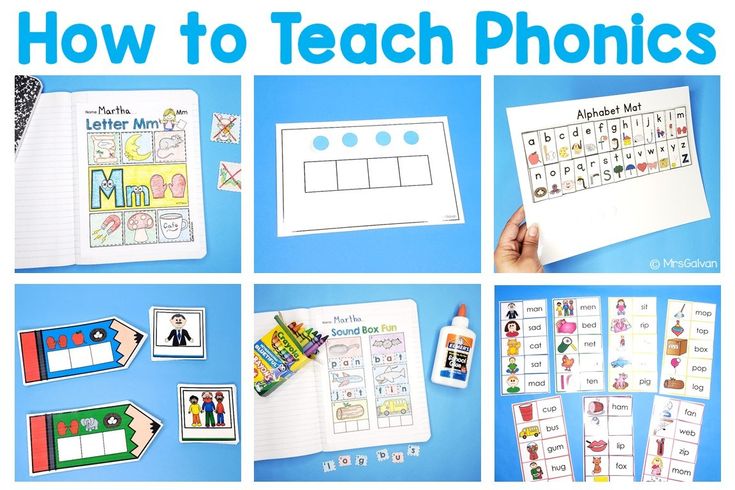
3 – Call out a letter sound. If your child has a picture that ends with that letter sound, have her cover the picture.
4 – Call out a letter. If your child has a picture that ends with that letter, have her cover the picture.
When your child fills up a row, up, down, or diagonally, she gets Bingo (she wins).
5. Make flash cards with a picture on one side and the letter the picture starts with (or ends with) on the other side
You can draw the pictures yourself or make flashcards using pictures from Google Images.
To make a flashcard from Google Images, go to the Image, copy it, “right-click” on it and click copy or hit “control c.” Then go to a word document and paste (right-click and click paste or “hit control v.”).
Then print out the pages, cut out the picture, and write the corresponding letter on the back.
If you know how to insert tables, you can put several pictures on the page in table boxes, print the page, cut out all the pictures and put the letters on the back. Here is an example:
Here is an example:
Show your child a picture and ask them to tell you the letter (or letter sound) it starts with (or ends with). If they are correct, let them know and show them the back of the card. If they are not correct, give them two more tries.
If they do not get the letter or sound, show them the back of the card and tell them the letter and sound (then enunciate the sound as you say the word), have them say the letter/sound back to you twice, and shuffle the card back in the pile. Repeat.
6. For children who have a lot of energy, turn a phonics lesson into a movement activity.
Tape four letters onto the wall as shown in the image below:
Call out a letter sound and tell your child to run to the letter that makes that sound, touch it and run back. Spice it up. Here are some examples:
-Hop to the letter that makes the sound
-Skip to the letter that makes the sound
-Tip Toe to the letter that makes the sound
7. For another movement activity, put tape on the floor, with a letter on each piece of tape.
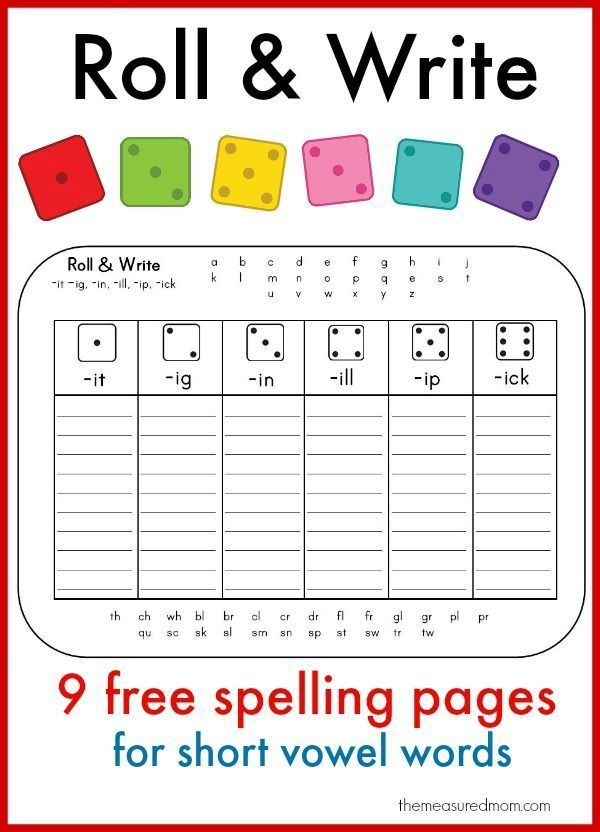
Tell your child to start with their feet on a certain letter (e.g., start on letter A), then tell them to jump to different letters, using the letter sounds. For example, “Jump to the letter that makes the sound (insert letter sound).”
See an example below:
As your child becomes more independent with his letter sounds, you can make the letters spell actual words. For the word cat, have three pieces of tape, C, A, T. Tell your child to start at the C, then jump to the next letter in Cat, and then the last letter.
To make it more challenging, have your child spell the word backwards, by starting with the last letter and jumping in order until they get to the first letter.
Mix up the game with upper and lower case letters. The example above has three letters, but you can use as many pieces of tape and letters as you want.
Start out with a few and add more if your child is making good progress.
8. Make a work sheet, using words and pictures with your child’s favorite characters, foods, animals, etc.

You can draw the worksheets by hand or use tables in Microsoft Word. For a three-letter word, make a table with five columns and one row.
Put the picture of the word in the first box of the table (you can draw in the pictures or copy and paste them from Google Images). Put the letters in the other boxes, but leave one letter out. Have your child fill in the missing letter.
Here is an example of the worksheet:
Click here to print out your own version of this sheet.
For children who may have trouble solving this worksheet, try providing them with a letter bank to see if that helps. See an example of a worksheet with a letter bank below.
Click here to print out your own version of a phonics worksheet with a letter bank.
9. Have your child paste letters on paper as you call out the sounds.
You can use the letter flashcards you made, like in number 2.
You can use this activity to teach your child how to spell words.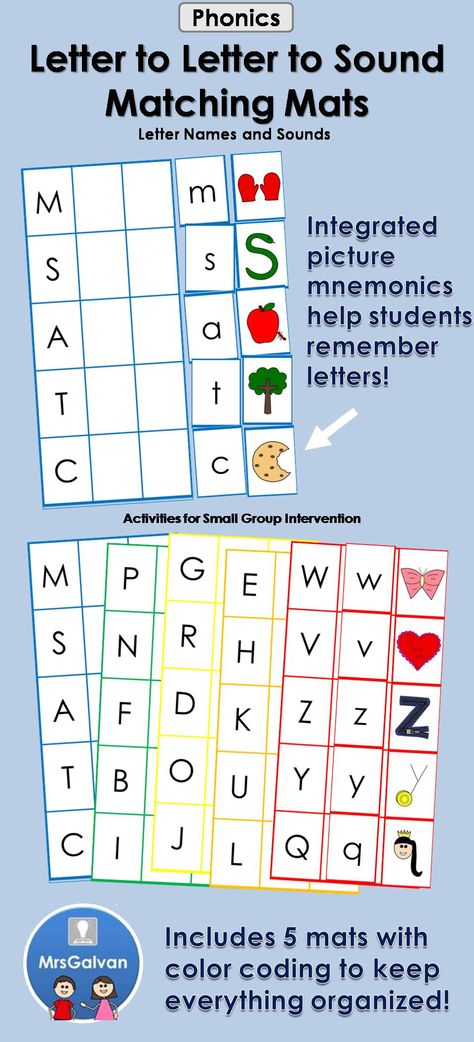 Draw lines or boxes on the paper like so your child knows where to paste the letters. You can give your child the exact number of letters in the word, or throw in some extra letters to make it more challenging.
Draw lines or boxes on the paper like so your child knows where to paste the letters. You can give your child the exact number of letters in the word, or throw in some extra letters to make it more challenging.
Call out the first sound in the word, have your child pick the correct letter and paste it on the first line. Then have her do the next sound, and so on, until the word is complete. Supervise the activity, providing assistance as needed. When your child is done, hang up their work to show her that you are proud of her effort.
You can also use this idea to teach a child how to spell their name. Check out this cute idea below where a child built a rocket by pasting the letters of her name.
10. Sing the alphabet sound song.
The tune is similar to the traditional alphabet song. Here is a great example by Kidstv123. You can make up your own version as well.
Keep Your Cool
Keep in mind that the activities in this article are recommendations.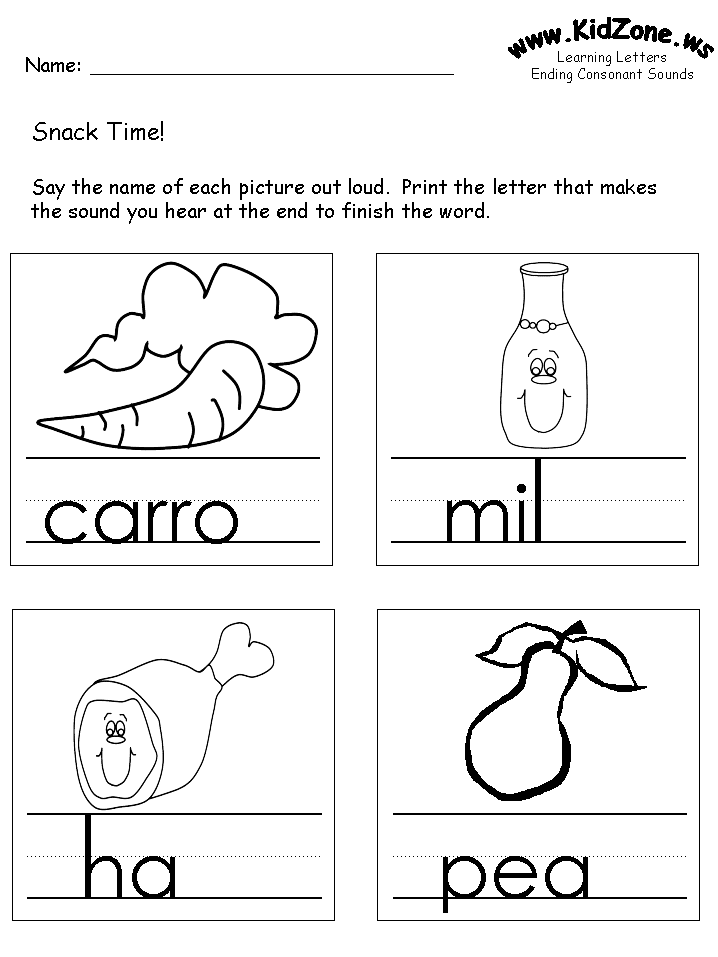 Please do not try to pressure a child into participating in any of these activities. This can lead to frustration, which can turn your child off to phonics (letter-sound) practice
Please do not try to pressure a child into participating in any of these activities. This can lead to frustration, which can turn your child off to phonics (letter-sound) practice
Remember to always stay calm when working with a child or student, even if you think they should be getting something that they are not getting. If you get frustrated with them, they may start to feel anxious, angry, inferior, stupid, etc. which will lead to a less productive learning session. Keep practice sessions short (5 to 10 minutes for younger children or children who get easily frustrated and 10 to 15 minutes for older children or children who can work for longer periods without frustration), unless the child is eager to keep going.
What Else Can You Do to Help Your Child Learn Letter Sounds?
For suggestions on ways to encourage children to complete tasks or assignments they do not want to do, read our articles 3 Ways to Use Timers to Encourage Homework and Chore Completion and How to Use Schedules to Improve Children’s Behavior.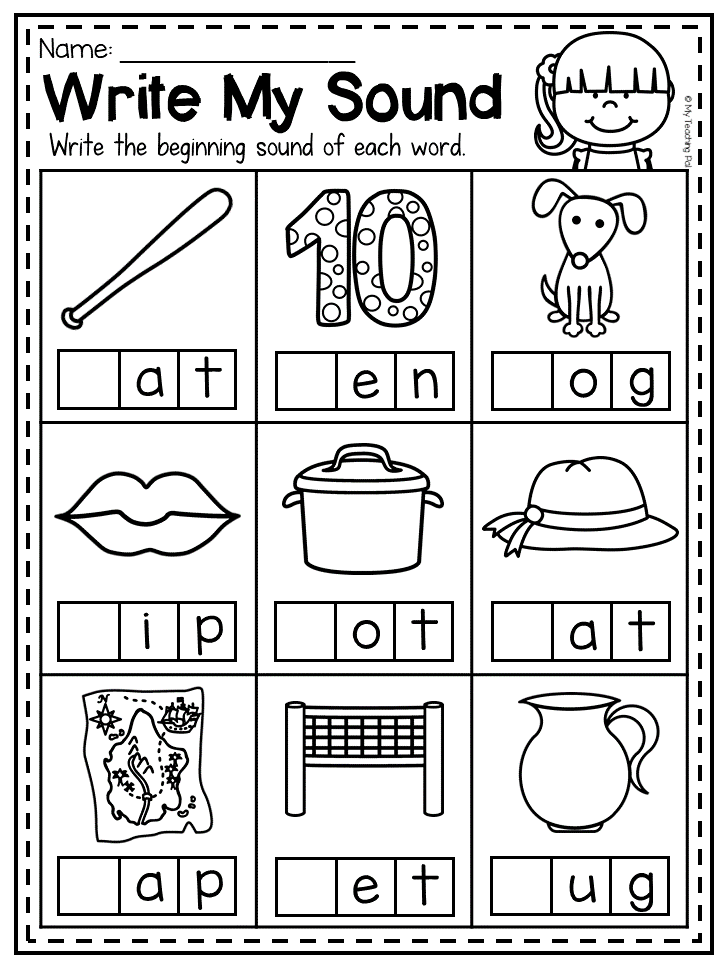
If your child is significantly struggling with learning letter sounds or acquiring other academic skills, despite consistent practice and guidance, talk to your child’s school and/or doctor. They should be able to refer you to the appropriate professionals to determine what might be interfering with your child’s progress and what additional strategies might help.
Video Presentation
Education and Behavior – Keeping Us on the Same Page for Children.
Rachel Wise
Rachel Wise is a certified school psychologist and licensed behavior specialist with a Master’s Degree in Education. She is also the head author and CEO at educationandbehavior.com, a site for parents, caregivers, educators, counselors, and therapists to find effective, research-based strategies that work for children.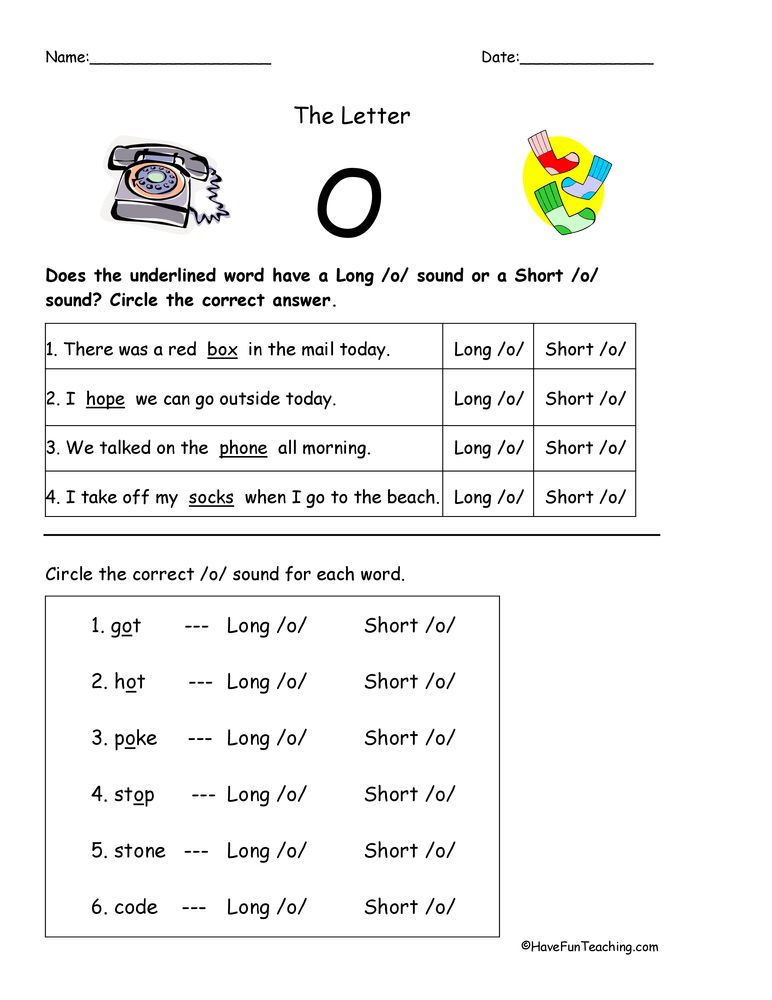 Rachel has been working with individuals with academic and behavioral needs for over 20 years and has a passion for making a positive difference in the lives of children and the adults who support them. For Rachel’s top behavioral strategies all in one place, check out her book, Building Confidence and Improving Behavior in Children, a Guide for Parents and Teachers. If you want Rachel to write for your business, offer behavioral or academic consultation, or speak at your facility about research-based strategies that support children, email her at [email protected].
Rachel has been working with individuals with academic and behavioral needs for over 20 years and has a passion for making a positive difference in the lives of children and the adults who support them. For Rachel’s top behavioral strategies all in one place, check out her book, Building Confidence and Improving Behavior in Children, a Guide for Parents and Teachers. If you want Rachel to write for your business, offer behavioral or academic consultation, or speak at your facility about research-based strategies that support children, email her at [email protected].
www.educationandbehavior.com
Like this:
Like Loading...
50 ABC Letters and Sounds Games • Kids Activities Blog
Today we have a whole bunch of alphabet fun with letter and sounds learning games and activities for toddlers and preschoolers to help you young students prepare to read with fun pre-reading playful learning ideas.
ABC Games & Alphabet Sounds
Many parents have kids that are soon to enter kindergarten for the first time and are wondering what their kids should know before they head out to school on their own.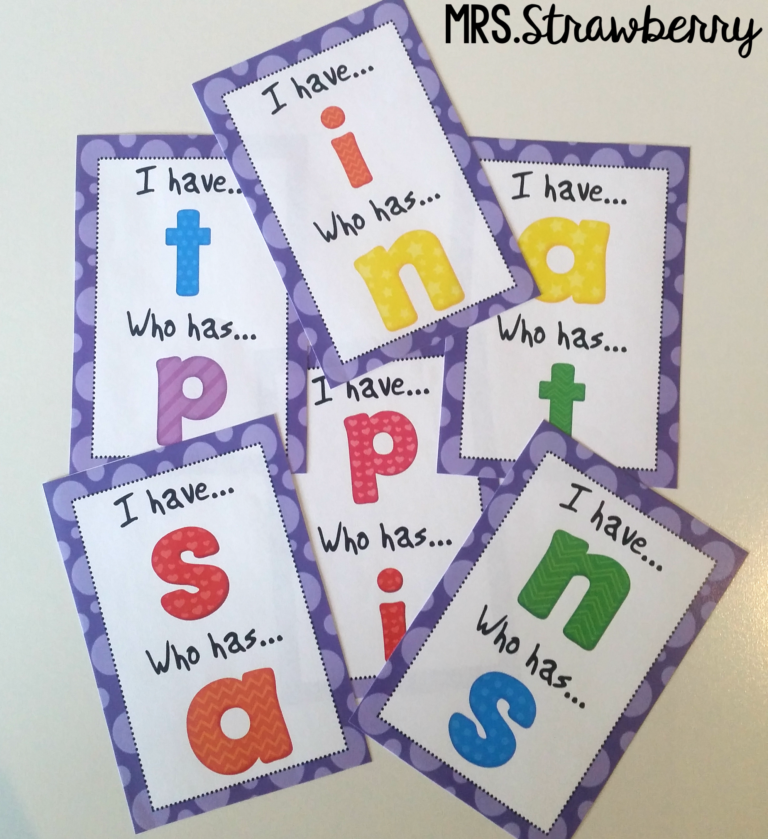
As a mom who once taught Kindergarten, I always wanted to make sure my kids are well-prepared and ready to begin their school career with a bit of an advantage by knowing their letters and sounds.
Related: Grab our free Kindergarten readiness checklist as a guide
I have seen the value in children knowing their letters early.
That said, I also recognize that kids are kids, and I want to make sure they have time to play – both independently and with me.
Let’s learn our alphabet through playing games!Learning Through Alphabet Games
Children acquire knowledge through play, so learning letters at our house is rarely a sit down structured time.
It’s a time of play and games!
The kids have fun and don’t even realize they are learning at the same time. I don’t believe we should leave teaching up to the schools. You get the great honor of being an educator of your child, and you can supplement what is happening at school by engaging your child in enjoyable yet educational ways.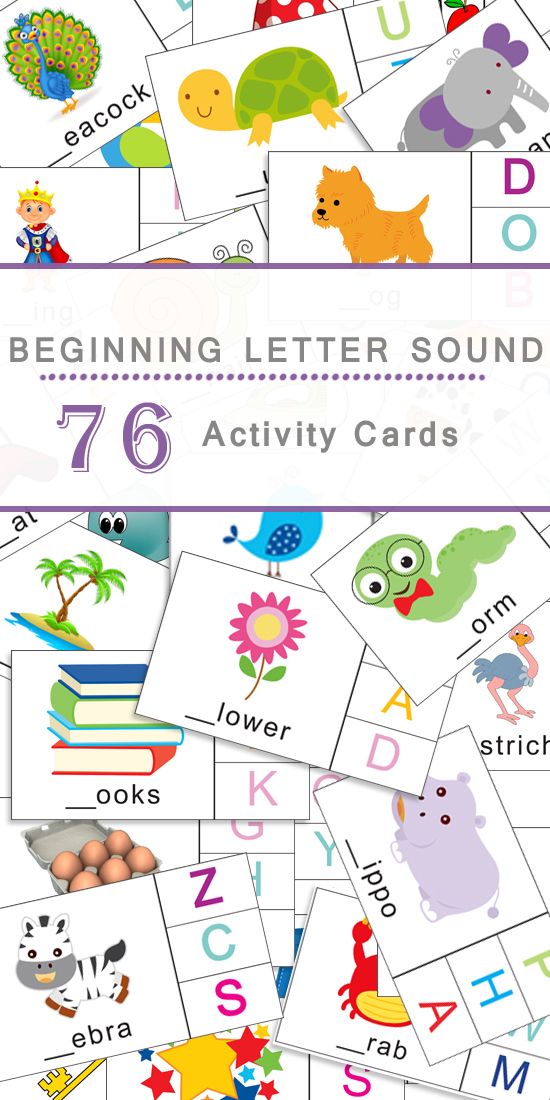
Related: Check out our huge abc letters resource that has letter activities, letter crafts, letter printables and more for every letter of the alphabet!
I hope these resources help you feel equipped to take the reins in your own child’s education.
This article contains affiliate links.
Let’s play a hands on letter game!Hands On Letter Games
1. Letter Toss Game
Muffin Tin Learning – Want to make learning fun? This game involving throwing pennies and will keep your kids engaged. They will barely know that this is actually a lesson.
2. Growing Letters Game
Alphabet Flower Garden – This garden is full of letters and learning opportunities. It is definitely a great way to explore and grow in alphabet knowledge.
3. Unlimited ABC Games for Kids
ABC Mouse – This site gives kids tons of alphabet and phonics practice through interactive games and printables.
4. Matching Letter Game
Magnetic Alphabet Board – This letter matching activity is self-contained and is a tool to get kids to match up letters and help with identification.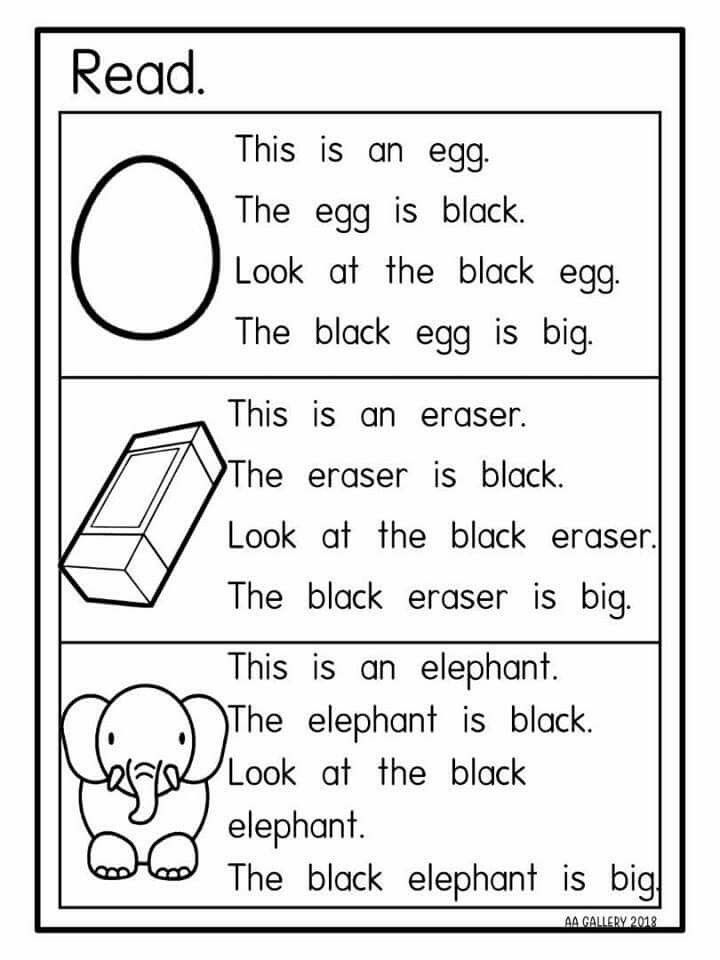
5. Touch and Feel the Alphabet Game
Play Dough and Magnet Letters – Letting kids explore using their senses is a great way to learn. Play Dough is a tactile way to watch this happen.
–>Need a Set of Alphabet Magnets? I like this Magnetic Letters Alphabet Fridge Magnets Set that comes in a handy carrying tub.
6. The Great Alphabet Race
Race the Alphabet – Do you have race tracks and a child that loves playing with cars? This activity is for you! If you don’t have your own track, here’s another version.
Let’s have some fun with preschool learning games & our ABC’s.Preschool Alphabet Games
7. Fishing for Letters
Magnet Letter Fishing – Take your magnet letters and make a simple fishing pole. With a pond full of letters, your kids will have a lot of fun casting their line for another catch.
8. Pirate Vowel Game
Gold Coin Vowel Sound Drop – Your little pirate will have fun learning his or her vowels be playing this game.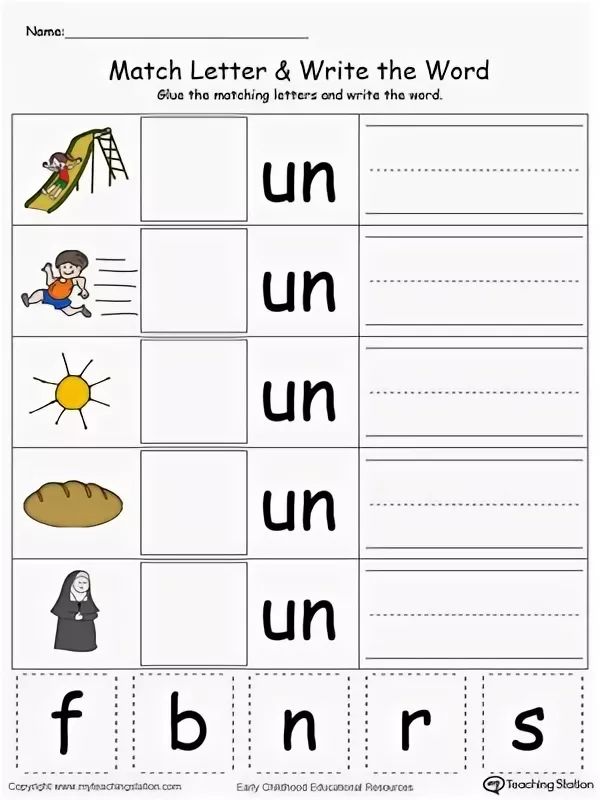
9. Letter Stacking Game
ABC Letter Stack Game – Stacking up letters has never been so fun. They get to stack and stack until they fall, which I am sure will become the favorite part.
Related: Use these with our playful preschool homeschool curriculum
10. It Begins With…
Initial Sounds Blackout Game – Want kids to be able to identify the beginning sounds of words? This fun game will help them do exactly that.
–>Need a Wooden Alphabet Set with Flashcards? I really love the cuteness of this Tangame Wooden Magnetic Letters Alphabet Refrigerator Magnet Flash Cards for Preschool Kids that comes in a magnetic tin.
11. Letter Scavenger Hunt
Architecture Letter Scavenger Hunt – Have you seen those photos that find letters in architecture? Your kids get to go on their own letter scavenger hunt with this fun activity.
Let’s play a creative alphabet game!Creative Letter Games for Alphabet Sounds
12.
 Interactive Alphabet Learning Games
Interactive Alphabet Learning GamesA-Z Letter Learning Activities – This post brings you over 90 activities for each and every letter of the alphabet. What a great resource!
13. Climb the Word Ladder
Word Ladder – Kids get to “climb” to the top of the ladder as they successfully identify letters and sounds. They don’t need to worry if they “fall,” they have the opportunity to try again.
14. Flashlight Alphabet Game
Flashlight Alphabet Game – My kids are obsessed with flashlights. I know my preschooler would love this game!
–>Need Foam Alphabet Letters for Practice? This Gamenote Classroom Magnetic Alphabet Letters Kit comes in a plastic organization case and magnet board and would be great for home too.
15. Make a Letter Game
Letter Formation Activity – Using materials you probably have at home, your kids will have a lot of fun forming their letters.
16. Hungry Hungry Letters Game
Alphabet Monster – This hungry monster will only eat letters if you can say the name or sound of a letter. What a fun craft to make that also turns a great letter learning opportunity.
What a fun craft to make that also turns a great letter learning opportunity.
ABC Games that Help Kids Learn Letters and Sounds
17. Let’s Host a Reading Hop
Reading Hop – This letter learning game will keep your kids active and hopping all around. If you are looking for a way to take learning outdoors, you have found it.
18. Alphabet I Spy
Alphabet “I Spy” – Take the classic and beloved game of “I Spy” and turn it into an alphabet search activity. Brilliant!
19. Can You Catch the Letters Game?
Runaway Letters Game – Your child gets a chance to grab letters and runaway while you creativity beacon the letter’s return. This is a great way for moms, dads or teachers to interact with their kids during the educational process.
–>Need a Fun ABC Game? I love this ABC Cookies Game from Goodie Games that is a fun alphabet learning game for toddlers and preschoolers.
20.
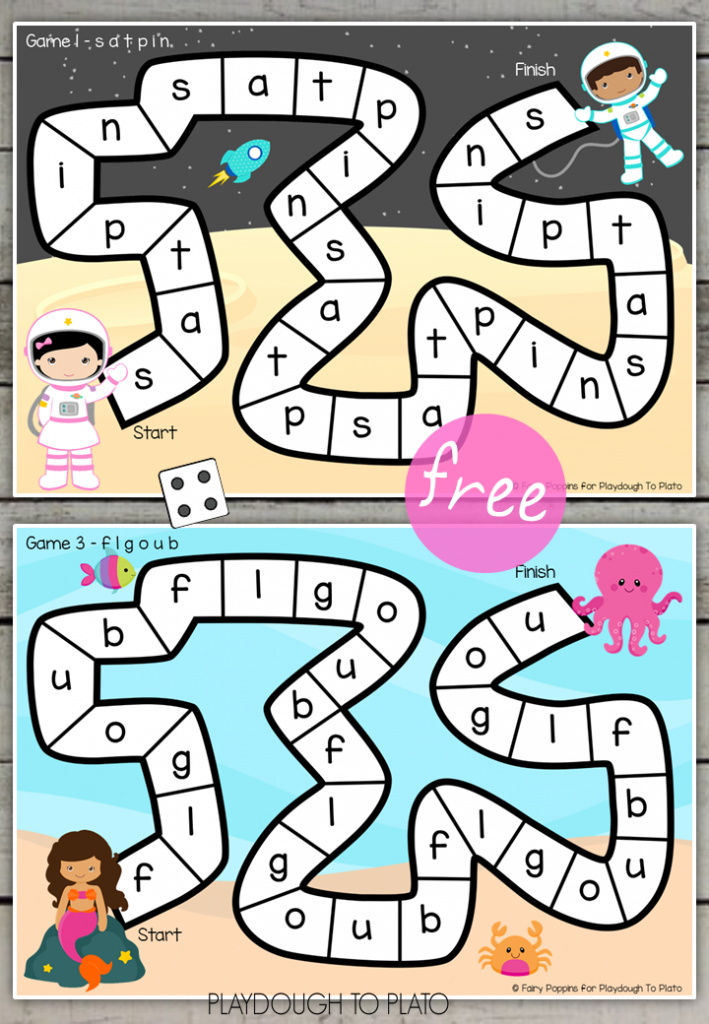 LEGO Spelling
LEGO SpellingLego Spelling – If you add letters to duplex legos, you have a great way to work on sounds and words.
21. Letters Inside of Letters Activity
Making Letters with Letters – Learning letters will be reinforced over and over again as your kids use letters from magazines to create their own larger letters.
Fun Pre-K Learning games for kids!ABC Games for Pre-K
22. Letter Swat Game
Spider Letter Swat – Kids will enjoy learning their letters as they swat away at the flies in this entertaining game.
23. Letter Squirt Game
Squirt the Letter – This is a game I know my son, especially, would love. He loves anything squirt gun and anything water. Squirting the correct letter is right up his alley.
24. Letter Lacing Activity
Letter Lacing – This letter lacing, quiet bag activity works on fine motor skills while also developing the skills needed to develop in reading.
–>Need Letter Lacing Cards? I like this wooden set from Melissa & Doug that has both animals and letters on the sturdy lacing cards.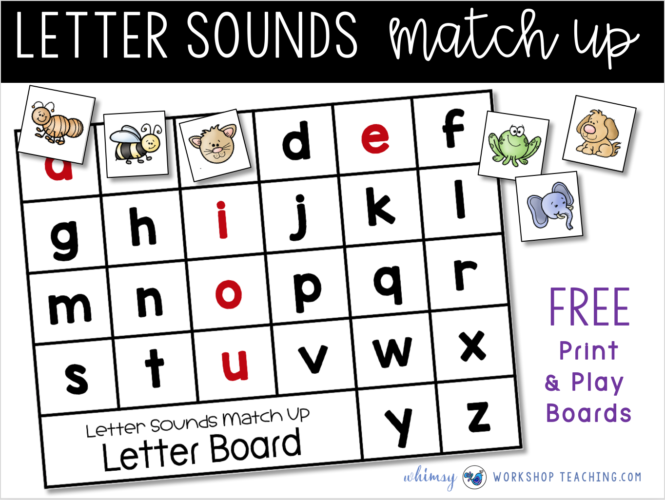
25. Alphabet Sounds Race
Letter Sounds Race – Get your kids moving with this letter sounds race. This is a great learning opportunity for your active kids! More alphabet sound learning activities are fun too!
26. Disappearing Letters Game
Disappearing Letters – Kids will learn to love to trace their letters as they see the trick to making them disappear.
Let’s play ABC Learning Games!Alphabet Games for Learning
27. The Game of Bang
Bang – Bang is a letter identification game that will be a lot of fun for the little gamers in your life.
28. Letter Chomp Game
Mr. Shark Alphabet Chomper Game – I love the idea to make a shark out of an envelope in general. Add the learning aspect of having the shark chomp letters, and you have a great game.
29. Letter Tiles Activity
DIY Bananagrams Letter Tiles – Here’s a really smart way to make letter tiles. You can turn them into magnets or play the classic Bananagram game with your creation.
–>Need a Bananagram Game? Here is the original Bananagram game for kids.
30. Make Pretzel Letters
Soft Pretzel Letters – Kids can learn their letters as they have fun making pretzel dough. Through using both the sense of touch and taste, this becomes a fun activity for all.
31. Travel Alphabet Game
Alphabet Words Game – This is a learning game that can be taken anywhere. Keep your kids occupied working on their letters at restaurants, home, car rides and more.
Let’s play letter and sound games!ABC Games for Letters and Sounds
32. Touchy Feely Letters
Sensory Bins with Letters – Sometimes the best way to help kids learn is to let them explore. This sensory bin will help kids do just that.
33. Alphabet Seek & Find
Seek-N-Find Alphabet – This letter game is like an eye spy for letters. It involves a plastic tube (easily substituted by a water bottle), and will keep your kids searching for their letters for quite some time.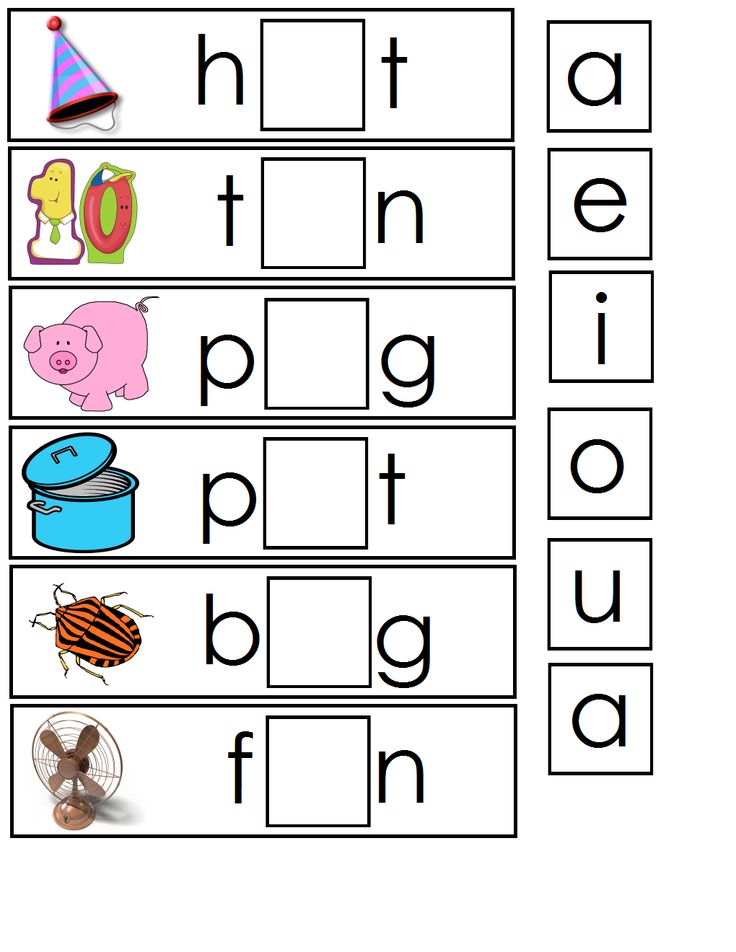
34. Letter Formation Fun
Tactile Writing – Kids learn to write letters as they use rice and paint to feel their way through the process or writing.
–>Need a Wooden Letter Matching Set? I like this durable Alphabet flash cards and wooden letter puzzle set from LiKee Alphabet.
35. Homemade Domino Letter Fun
Craft Stick Dominos – These craft stick dominos are an easy, homemade version of a domino game with a focus on learning letters and matching symbols. What a fun idea.
36. Flashcard Games
ABC Flashcards – Flashcards can be used by a variety of games and activities like flashcard basketball. These ones are free. And so are these kids alphabet cards you can download & print instantly.
Related: Here are a bunch of ideas for flash card games for kids
Let’s play some more abc games!How to Help a Child Learn Letters and Sounds Through Play
37. Make a Sun-Powered Letter Puzzle
Make a DIY shape puzzle using the sun with alphabet letters for a really fun matching game you can play inside or out.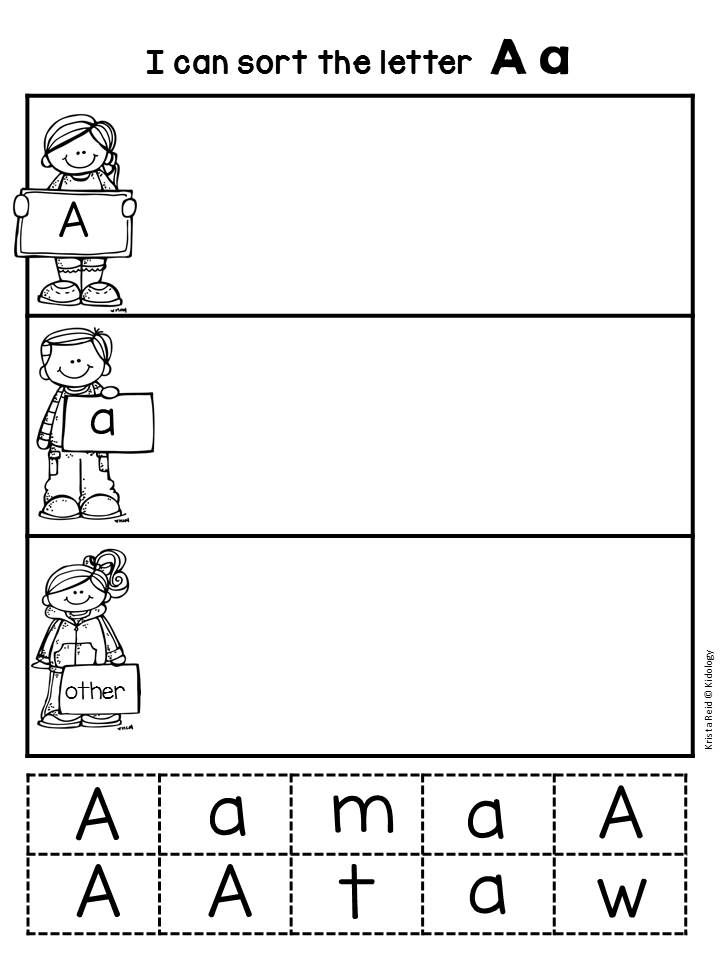 Or use this method without the sun to make this fun abc matching game for kids.
Or use this method without the sun to make this fun abc matching game for kids.
38. Collect Alphabet Treasures
Use these free alphabet labels to create small containers for each letter of the alphabet for a special letter collection activity!
39. Make Easy Alphabet Crackers
Making alphabet crackers has never been easier or more fun!
–>Need an Alphabet Snack? I like these Happy Tot Organics ABC Multi-Grain Cookies…yum!
40. Play Alphabet Zipline!
Use these alphabet printable letters to create your own alphabet zipline in your living room. It is really fun.
41. Play a Silly Letters Game
Try these alphabet games for preschool that are full of fun and a little silly…
42. Make Pipecleaner Letters!
Try to do some fun abc formation with pasta and pipe cleaners which is a fun way to explore letter shapes.
43. Make Bathtub Alphabet Soup
Use bath letters for a big big big batch of bubblebath alphabet soup {giggle}.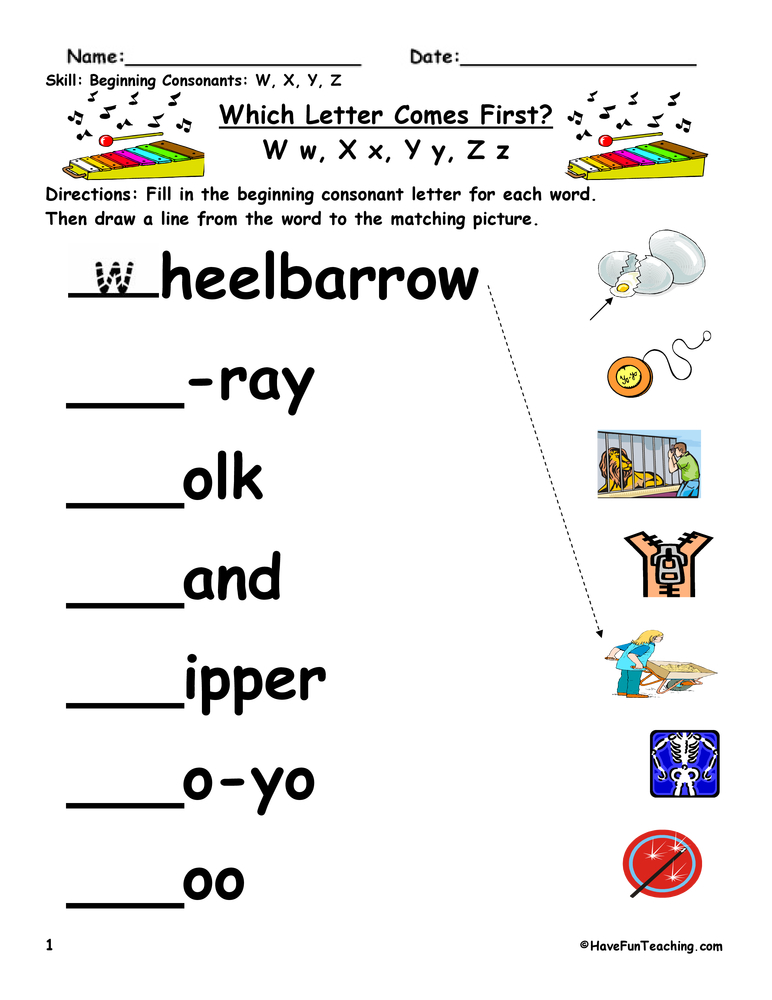
44. Color a Letter Coloring Page
- Letter A Coloring Page
- Letter B Coloring Page
- Letter C Coloring Page
- Letter D Coloring Page
- Letter E Coloring Page
- Letter F Coloring Page
- Letter G Coloring Page
- Letter H Coloring Page
- Letter I Coloring Page
- Letter J Coloring Page
- Letter K Coloring Page
- Letter L Coloring Page
- Letter M Coloring Page
- Letter N Coloring Page
- Letter O Coloring Page
- Letter P Coloring Page
- Letter Q Coloring Page
- Letter R Coloring Page
- Letter S Coloring Page
- Letter T Coloring Page
- Letter U Coloring Page
- Letter V Coloring Page
- Letter W Coloring Page
- Letter X Coloring Page
- Letter Y Coloring Page
- Letter Z Coloring Page
45. Let’s Play with Playdough!
These playdough pre writing activities are both fun and super hands-on learning.
Let’s make a yummy…I mean gummy…alphabet!46.
 Make Gummy Letters
Make Gummy LettersThis sour gummy recipe makes the cutest alphabet letters to learn and eat!
47. Try a Fun Alphabet Activity Book
There are so many quality workbooks for kids on the market right now so we narrowed it down to some of our favorites that just might fit your kid.
Let’s find the letters and make pictures with crayons!48. Color by Letter Activities for Letter Recognition Fun
We have a whole bunch of color by letter printable pages for kids that help them recognize letters while playing a game:
- Color by letter – A-E
- Color by letter worksheets – F-J
- Coloring by letters – K-O
- Color with letters – P-T
- Preschool color by letter – U-Z
49. Play the Missing Letter Game
Use one of our favorite preschool games, What is Missing? and use either letter flashcards or abc fridge magnet sets to create sequencing of the alphabet and then remove a letter or two.
Let’s have fun with letter recognition!50.
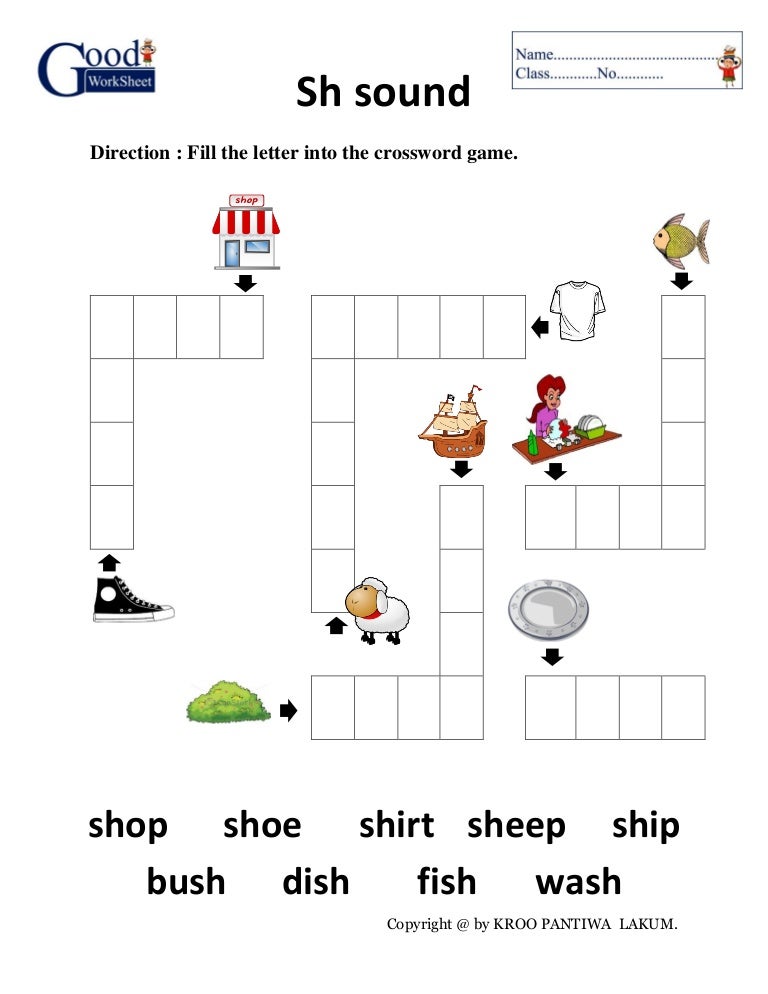 Play Alphabet Beach Ball Toss
Play Alphabet Beach Ball TossModify our fun sight word game with letters instead of sight words. Your beach ball can be covered with the letters of the alphabet for throwing and catching learning fun.
Games for ABC Sounds
51. Learn and sing the ABC sounds song
I love this fun song from Rock ‘N Learn that goes through the entire alphabet with sounds for each of the letters.
52. Play an online ABC sounds game
Monster Mansion is a free online alphabet match game that kids can learn the abc sounds and match them with the proper letter on the proper monster!
53. Print & Play a letter sounds game
Preschool Play and Learn has a really colorful and fun letter sounds board game you can print and play at home or in the preschool classroom.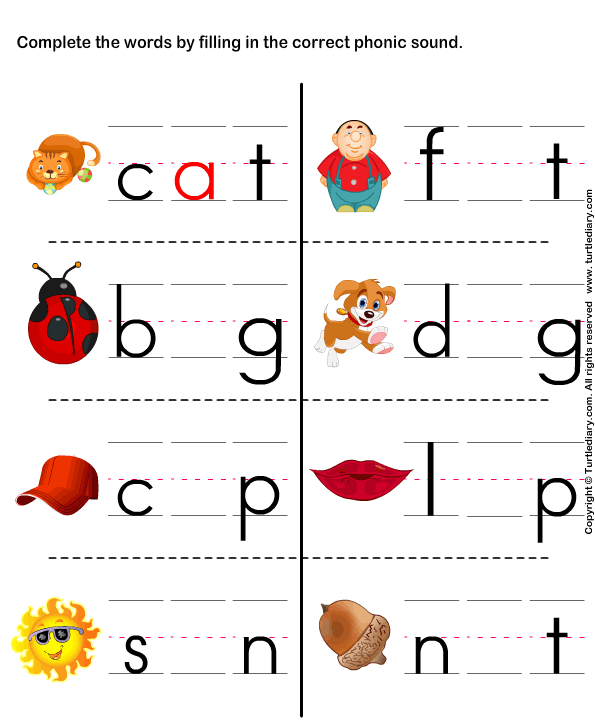 Each player will pick up a card and identify the letter and /or say the sound that the letter makes.
Each player will pick up a card and identify the letter and /or say the sound that the letter makes.
More Learning Games from Kids Activities Blog
- Now that we learned out letters, don’t miss out on our number activities for preschoolers!
- When your child is ready, we have a big giant list of sight word activities that are fun too!
- We have some really fun games teaching kids how to read a clock.
- My favorite massive resource of fun is our kids science games here at Kids Activities Blog.
- It doesn’t have to be October to play some frightful Halloween games.
- Let’s play math games for kids!
- If you need to work out the wiggles, we have the best indoor games for kids.
What was your favorite abc game? Did we miss some alphabet activities that you do with your kids?
GAMES WITH SOUNDS AND LETTERS
| Speech sounds and the letters they represent in writing play an important role in language learning.
WHAT THE DOLL LOVES TEACHING TO THINK 1. You will need a finger puppet that will tell the child what she likes. 2. Having heard the doll's first phrase, the baby should continue it with a word beginning with the same letter. For example, if the doll loves popcorn, the child might say "pie" or "pizza". 3. You can come up with a few more words for the same letter or ask the doll to tell more. 4. Pictures cut out of magazines will help your child remember words. LETTER BALLOON DEVELOPS THE THINKING 1. Cut out photographs of objects whose names begin with the letters "W" from magazines. You can also cut out the letter "W" from paper. 2. Blow up a balloon and explain to your child that the word "balloon" begins with the letter "Ш". 3. Stick pictures on the balloon. 4. Name the objects in the pictures. First, the word "ball" is pronounced, and then the name of the item: "ball-hat, ball-scarf, ball-fur coat, ball-pants." 5. You can toss the ball up while reciting the alphabet. Try to complete the alphabet without dropping the balloon on the floor once. SPEAK A SOUND DEVELOP YOUR THINKING 1. You will need a poster with the letters of the alphabet. 2. Point to a letter and ask your child to say the sound it represents. 3. First, choose letters that the child knows. 4. Then add a new letter. Children often confuse the sounds "b" and "d", so they can be added first. 5. When the baby can name all the letters and sounds with confidence, offer to play in a different way. You pronounce the sound, and the child shows the corresponding letter. SING A NEW WAY DEVELOPS LISTENING SKILLS 1. In a familiar song, replace one consonant in the chorus with another. 2. For example, you can sing "In the field a birch stood" only in the chorus instead of "Luli-lyuli, stood", sing "Buli-buli, stood" or "Muli-muli, stood." NAME THE FIRST SOUND TRAINING VISUAL MEMORY 1. Write the names of family members, pets, friends and acquaintances on cards. 2. Place the cards in the box. 3. Have your child take out one card. 4. Look at the card with your child and sing to the motive of the song about the beetle from the movie "Cinderella": This word has the first sound, The first sound, the first sound, First sound __________ . 5. Let the child try to guess what name is written on the card. 6. Instead of names, you can write simple words on the cards. A SONG ABOUT VOWERS DEVELOPS LISTENING SKILLS
It's not difficult for me to repeat: U, S, E. Vowels are easy to learn: (clap), I, O. It's not difficult for me to repeat: (clap), S, E. Continue replacing vowels with claps. WHAT SOUND DO WE HEAR? INTRODUCING RHYME Group game 1. Divide the children into two groups. 2. Groups take turns saying the words and identifying which vowel occurs in each word. FIRST GROUP: "Poppy, cancer, varnish". SECOND GROUP: "Beam, stick, rolling pin". ADULT: "What sound do we hear?" ALL TOGETHER: "Sound "a", sound "a", sound "a". FIRST GROUP: "Feast, peace, shooting gallery". SECOND GROUP: "Fork, saw, Milka". ADULT: "What sound do we hear?" TOGETHER: "Sound" and, sound "and", sound "and". FIRST GROUP: "Gender, stake, table". : "What sound do we hear?" ALL TOGETHER: "Sound "o", sound "o", sound "o". FIRST GROUP: "Bush, crunch, empty." SECOND GROUP: "Murka, Burka, Turk", ADULTS: "What sound do we hear?" ALL TOGETHER: "Sound" y", sound "y", sound "y". FIRST GROUP: "He lived, was, washed." : "What sound do we hear?" ALL TOGETHER: "Sound "s", sound "s", sound "s". COUNTING SOUNDS INTRODUCING CHILDREN'S ROEMS 1. Pick up poems for children in which there are often words starting with one or another letter. RAFT Raft, Raft, Raft Floats, On a raft - Shaggy cat. Catching fish Cat from a raft, Lots of fish Cat! 2. Read the poem aloud, highlighting the words beginning with the letter "P" with your voice. 3. Have the children listen carefully to the poem and count how many words begin with the letter P. 4. Read the poem again and count the words beginning with the letter "P" on your fingers. FIND THE WORDS FOR THE SAME SOUNDS TEACHING TO ANALYZE AND COMPARE 1. When teaching children to read and write, it is important to teach them to compare the initial sounds of different words. 2. Prepare picture magazines, scissors, cardboard cards, and glue. 3. Cut out pictures from magazines and stick them on cards. Choose images of objects that are familiar to children, the names of which begin with the same letter (for example, a boy, a ball, oil, a car, and so on). 4. Arrange the cards on the table in several rows face down. 5. Have the child turn over any two cards. If the names of the objects shown in the pictures begin with the same sound, the kid takes the cards for himself. If not, put the cards back face down and try again. SOUNDS AROUND US DEVELOPS LISTENING SKILLS 1. The ability to correctly pronounce sounds in a word is very important when learning to read. 2. Take a children's book with large bright pictures of animals. Show the child a dog and a cow, reproduce barking and mooing. Introduce your baby to the sounds that other animals make. 3. Write a letter on a piece of paper and say the sound it represents. For example, if you were talking about how a cow mooes, write a bright letter "M" on paper and play the sound "m". 4. Prepare these cards for all the animals depicted on the pages of the book. Bug ENHANCES CREATIVITY 1. You will need white round stickers (one large and many small ones), a sheet of black paper and a small white card with the child's name. 2. Have your child glue the white circles onto the black sheet in the shape of a beetle (L). 3. Ask your child where the beetle's head is and draw two eyes. 4. Have your child run their index finger over the beetle, making the sound "g". 5. When the baby reaches the end, ask him to say "beetle" and buzz "zhzh". 6. Learn this rhyme: This letter is wide And looks like a beetle. Yes, at the same time, like a beetle, Makes a buzzing sound: - F-F-F! 7. Glue the child's name card to the bottom of the paper. 8. Have your baby crawl or fly like a bug. FIND YOUR SOUND DEVELOPS THE MIND Group Play 1. Prepare pictures of people and animals. For example, a fireman, a policeman, a dog. Label each one accordingly. 2. Show the picture to the children and ask whose name starts with the same sound as the name of the picture. 3. Have the participant whose name matches the name of the picture come forward, say their name and match it with the name of the picture, for example: "My name is Sveta. There is a dog in the picture." 4. This game encourages the development of thinking and gives every child the opportunity to be the center of attention.
WHAT I LOVE ENHANCES VOCABULARY 1. Ask your child to name a favorite activity or treat. Explain that the word must begin with the same sound as its name. 2. Help your child find the right words, for example: "Katya loves sweets and swims." 3. Have your child write their name on a piece of paper with your help, and draw something they love next to it. FIRST SOUND DEVELOPS OBSERVATION 1. Give your child a piece of paper that says "My name is _______" at the top. 2. Ask your child to write their name on the pass. 3. Help your child find and cut out pictures of objects that start with the same sound as their name. 4. Repeat the task with the names of close relatives and the names of pets. FUNNY NAMES DEVELOPS A SENSE OF HUMOR 1. Have your child say their name. 2. Say that today you will call him in a new way. 3. Let the baby choose any letter. 4. Do the same for your name. Children love this game very much. SOUND SHOPPING DEVELOPS THINKING 1. You will need a magazine with pictures of familiar items. The ideal option is skating toys. 2. Let the child imagine that he is ordering goods from a catalog. Ask to point to the item that the baby would like to buy. 3. You need to name the object and pronounce the first sound in its name. For example, if the child chose the ball, you should play the sound "m". Help the baby if necessary. LETTER PACKAGES INTRODUCING CAPITAL AND SMALL LETTERS 1. You will need 5 bags and 5 cardboard cards. 2. Choose the 5 letters of the alphabet that your child likes the most. Usually these are the letters of his name. 3. Label each bag with the letter of your choice (uppercase and lowercase). 4. Help your child find and put into a bag the items whose names begin with the sound corresponding to the letter on the bag. REPEAT A SOUND TEACHING TO SELECT INDIVIDUAL SOUNDS 1. Games with words and speech sounds develop phonemic hearing in a child and help in language learning. 2. Explain to your child that words can start with different sounds. Show this at the reception of body parts (mouth, lips, elbow, ankle, and so on). 3. Point to your mouth and say, "Rrrrr mouth." Have the child repeat after you. 4. Ask your child to find objects in the room whose names begin with the sound "p" (this is a pen, a rose, a racket, and so on). 5. Repeat the task with the new sound.
FIND THE SAME SOUNDS TEACHES TO FIND THE SAME SOUNDS 1. The ability to match letters and the sounds they represent is fundamental in learning to read. 2. Write a capital letter on each of the 10 card stock. 3. 4. Shuffle the cards and place them face down on the table. 5. Have the child turn over one card and say the sound it makes for the letter written on it. 6. Have the child turn over the next card and make the sound corresponding to the letter. If the sounds are different, you need to put both cards on the table with the letters down. If the sounds are the same, the child takes the cards for himself. The game ends when your little student manages to correctly name all the letters and collect all the cards. TALES WITH STICKERS DEVELOP YOUR FANTASY 1. You will need stickers with pictures and two sheets of paper. 2. Keep one sheet of paper for yourself and give the other to your child. 3. Write a letter on a piece of paper and ask your child to say the sound it represents. 4. Have your child look for two words that begin with the same sound. 5. If the child completed the task successfully, give him two stickers. 6. When your child has a lot of stickers, come up with a fairy tale together. SAME OR DIFFERENT SOUNDS DEVELOPS LISTENING SKILLS ,"l"). 2. Explain to the child that you will now make two sounds. If the sounds are the same, he should raise his hands up, if they are different, put them on his knees. 3. Start with two identical sounds. Say "m" twice, "p" twice. Remind that if the sounds are the same, you need to raise your hands up. 4. Say 2 different sounds (for example, "m", "p"). 5. This game helps children match letters with the sounds they represent. 6. When the child learns to easily distinguish between different sounds, move on to sounds that sound very similar (for example, "b" and "e"). LISTEN CAREFULLY TEACHES ATTENTION Group game 1. This is a game of attentiveness. Let the children listen to the story, clapping each word that begins with an "s" sound. 2. 3. If the children make a mistake, read the word again, highlighting 1 sound with your voice. 4. After writing down 4-5 words, read them aloud. Get a funny offer. FUNNY SENTENCES DEVELOPS LISTENING SKILLS 1. In this exercise, you need to replace the initial sounds of all words with the same sound. 2. It is better to start with short and simple sentences. Say, "The dog barked loudly." Ask the children to replace the first sound of each word with a "t" sound. It will turn out "Tobacco tagged loudly." 3. The exercise is not at all as simple as it seems at first glance. It requires mental work from the child. 4. Children learn to match letters and the sounds they represent. 5. The kids will love the funny suggestions that come with changing the initial sound. For example, the sentence "Let's go for a walk" can turn into "Let's go for a walk. NAME THE SOUNDS IN ORDER INTRODUCES THE ORDER OF SOUNDS IN A WORD 1. Each sound is important in a word, so you should teach your child to correctly name not only the first, but also the sounds following it. 2. Cut out from magazines pictures of objects and animals familiar to the baby, whose names consist of 3 letters (cat, ball, oak, chalk, soup, juice, etc.). 3. Ask the child to choose any picture. Explain that now he will need to name all the sounds in this word in order, and you will help him. 4. For example, the kid has chosen a picture of a cat. Show one finger and ask the child to name the first sound in the word "cat", i.e. "k" sound. Now show two fingers - the baby should say "o". Show 3 fingers and ask to pronounce the third sound in the word, i.e. "t". 5. Repeat the exercise several times and then ask the child to switch roles. Now let him show his fingers, and you name the sounds. 6. After successfully completing this task, move on to four-letter words. LISTEN TO SOUNDS DEVELOP THOUGHT middle of the word "cat"). 2. First, use the same sound that occurs at the beginning, middle and end of the word, and then, when this task becomes too easy for the baby, include several sounds at once in the song. 3. Sing a song to the motive "Far, far away in the meadow ko..." Here are the words "poppy", "ball", "moss", Name the first sound in them. (pause, child answers "m") That's right, "m"! Here are the words "oak", "onion", "soup", Name the middle sound in them. (pause, child says "y") That's right, "y"! Here are the words "juice", "poppy", "cancer", Name the last sound. (pause, the child answers "k") That's right, "k"! REMOVING THE FIRST SOUND DEVELOPING LISTENING SKILLS Group play 1. The purpose of this exercise is to help children understand that the meaning of a word changes when the first sound is removed or replaced in it. 2. Ask the children to sit in a circle. Explain that sometimes, if you remove the first sound in a word, you can get a new word. 3. Say, for example, the word "chalk", emphasizing the first consonant, and ask the kids to repeat after you again. Then say "ate" and ask the little ones to repeat after you again. 4. Ask which sound has disappeared and repeat both words again. 5. This is a rather difficult task. Perhaps the children will be able to repeat after you only the second word "ate" the first time. They need time to learn to identify the missing sound. 6. Children can name words in rhyme instead of the missing sound. In this case, it is important not to mix two different exercises and concentrate on the first sound. Knock knock knock. it's a sound DEVELOPS A SENSE OF RHYTHM 1. Sit your baby at the table. 2. Say a simple word (for example, "cat", "juice") and ask the child to hit the table as many times as there are sounds (phonemes) in this word. 3. Have the child count the sounds of the word out loud. 4. Say the word again, separating each phoneme (for example, "k" "o" "t"). 5. If the child is interested, continue the game. CLAP LIKE ME DEVELOPS LISTENING SKILLS 1. The ability to feel and repeat the rhythm is very important for the formation of phonemic hearing. 2. Explain to the child that he will first need to carefully listen to the rhythm that you set by clapping, and then repeat it at your signal. 3. Start with a simple rhythm (eg 2 claps, pause, 2 claps, pause, 2 claps). Choose a rhythm taking into account the age and preparedness of the baby. 4. You can also say the words rhythmically and change the tone of your voice. For example, say "cat, cat, cat", but say the last word louder. 5. Have your child repeat after you. SOUNDS AND JUMPING DEVELOPS AGGRESSION Group Play 1. Draw a few thin lines with chalk on the floor or asphalt (their number may vary). 2. Before the start of the game, the participants stand on the first line. Explain the rules: you pronounce the word, the children listen and count the sounds in it, and then stand on the line corresponding to the number of sounds in the word. 3. Begin, for example, with the word "cat". Say the word and command: "Begin!" 4. The guys have to jump forward as many lines as there are sounds in this word. The one who correctly completed the task (i.e. ended up on the third line) remains in place. The one who made a mistake returns to the first line. 5. The game ends when each child completes the task correctly. Children who have difficulty learning sounds need more time. Therefore, it is necessary to give each child a chance to complete the task correctly.
|
Learning vowels tasks for preschoolers 5-6 years old in a playful way
Learning to read begins with the study of letters and sounds.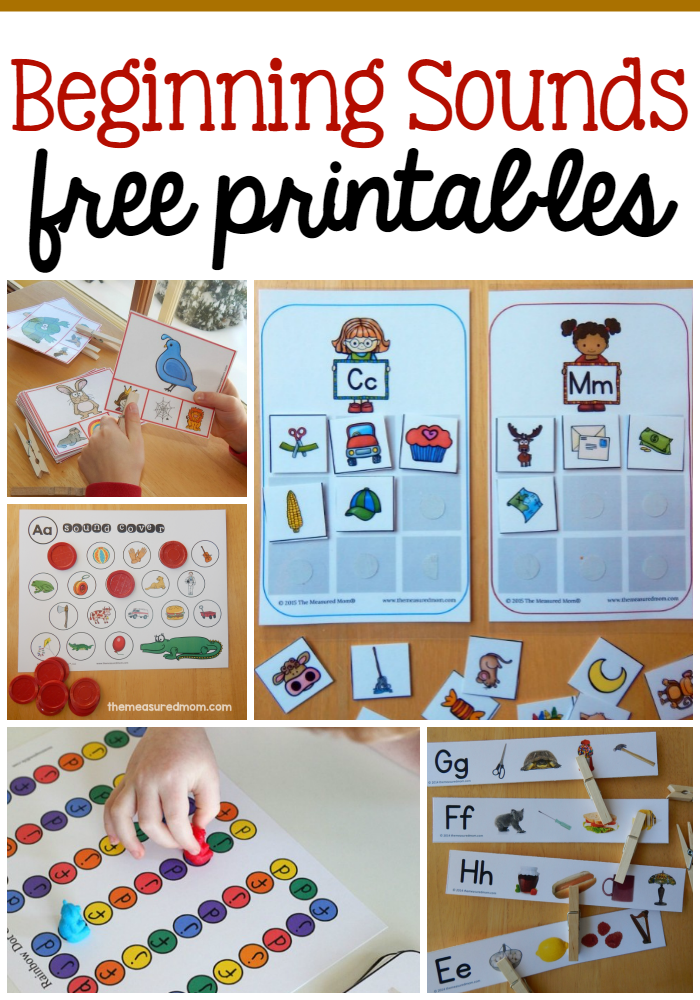 The kid learns them separately, and then begins to put them into syllables, and later into words. So that acquaintance with letters does not turn out to be too difficult for the baby, you need to organize it correctly. Let's find out how to quickly learn vowel sounds with your child.
The kid learns them separately, and then begins to put them into syllables, and later into words. So that acquaintance with letters does not turn out to be too difficult for the baby, you need to organize it correctly. Let's find out how to quickly learn vowel sounds with your child.
How to start learning vowels
Many parents begin to teach their children the alphabet, looking at all the letters in a row, in alphabetical order. This is not the correct method. It is better to divide the letters into vowels and consonants and learn each group separately. This approach will greatly facilitate the child's task.
Start learning with vowels. First, explain to your child the difference between vowels and consonants. Vowels are sounds that are pronounced by the voice. They are sonorous, from which you can sing, stretch your voice.
To show your child the difference between vowels and consonants, give him a mirror and ask him to pronounce different sounds. Let him see how the position of the mouth changes during the pronunciation of vowels and consonants. When pronouncing vowels, the mouth is freely open, the tongue lies and does not move, and the air freely leaves the throat. The pronunciation of consonants involves lips, tongue, teeth.
When pronouncing vowels, the mouth is freely open, the tongue lies and does not move, and the air freely leaves the throat. The pronunciation of consonants involves lips, tongue, teeth.
When the child learns to distinguish between these two groups of sounds, you can move on to a more detailed study of vowels.
Method for studying vowels
There are ten vowels in the Russian alphabet - A, O, U, Y, I, Y, E, Y, Y, E. To make it easier for a child to remember them, make them from cardboard (or buy ) cards with their image.
Letters A, O, U, Y, E write in one color, for example, red. And the letters I, Yo, Yu, I, E - in a different color, for example, blue. This is necessary so that the child learns to distinguish between "hard" and "soft" vowels.
Arrange the cards in pairs: A-Z, O-Yo, Y-Y, Y-I, E-E and show the child. Explain that paired sounds are similar to each other, only A, O, U, S, E are pronounced firmly and with a wide open mouth, and I, E, Yu, I, E have a soft sound and when they are pronounced, the lips stretch or fold into tubule.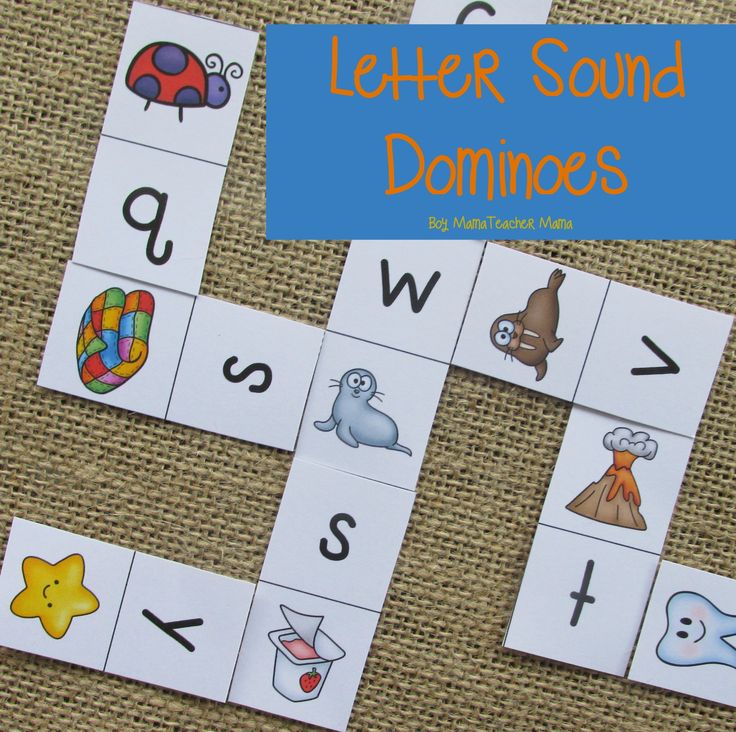
Let the child practice making sounds in pairs by observing his facial expressions in the mirror.
Letter games
Children learn best through play. So turn the boring memorization of sounds into a fun game.
- Shuffle the cards and place them face up on the table. The task of the kid is to fold the cards with red and blue letters (A-Z, O-Yo, etc.) in pairs.
- Shuffle the cards like playing cards. Pull out one, show the child and ask what kind of letter is written on it. If he answered correctly, the card goes to him, if incorrectly, it is returned to you. To make it easier for the baby, first show the letters in pairs (A, then Z, etc.), and then at random.
- Draw or give a task to a child to draw a house with ten windows - five in two rows. Write in each box of the first row the letters A, O, U, Y, E, and then ask the child to write in the boxes of the second row a pair for each letter.
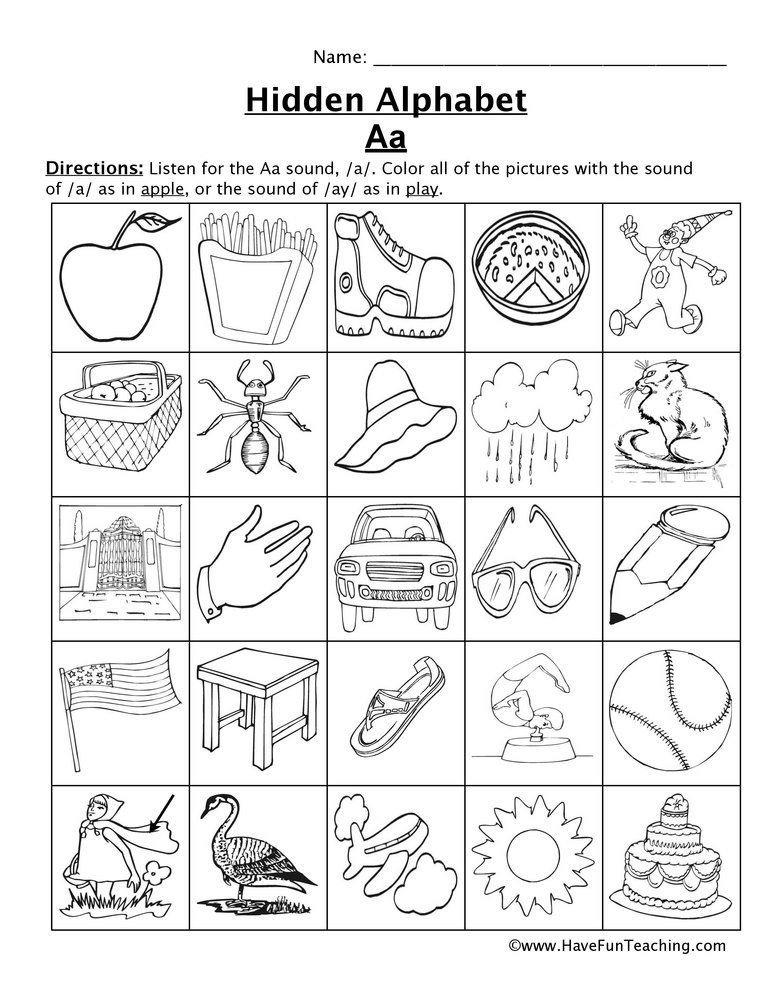 Then erase the letters and enter in the first row of boxes I, Yo, Yu, I, E and ask the baby to enter their pair in the second row. Then erase all the letters again and invite the child to enter all the pairs in both rows of boxes.
Then erase the letters and enter in the first row of boxes I, Yo, Yu, I, E and ask the baby to enter their pair in the second row. Then erase all the letters again and invite the child to enter all the pairs in both rows of boxes. - name words beginning with vowels, and ask your child to name this sound (watermelon, donkey, snail, spinning top, apple, Christmas tree, blackberry, needle, exam). Then the child must come up with words that begin with each vowel sound. Invite him to name a word that starts with Y. After unsuccessful attempts to do this, explain that in Russian this letter never occurs at the beginning of a word. Name the words in which Y is in the middle (fish, lynx, skis) or at the end (teeth, mushrooms, mountains).
- Find pictures of objects with three letters in their names , one of which is the vowel (cat, onion, cheese, crayfish, beetle, etc.). Ask the child to name the object shown in the picture, determine what vowel sound is in this word and where it is located (at the beginning, middle or end of the word).
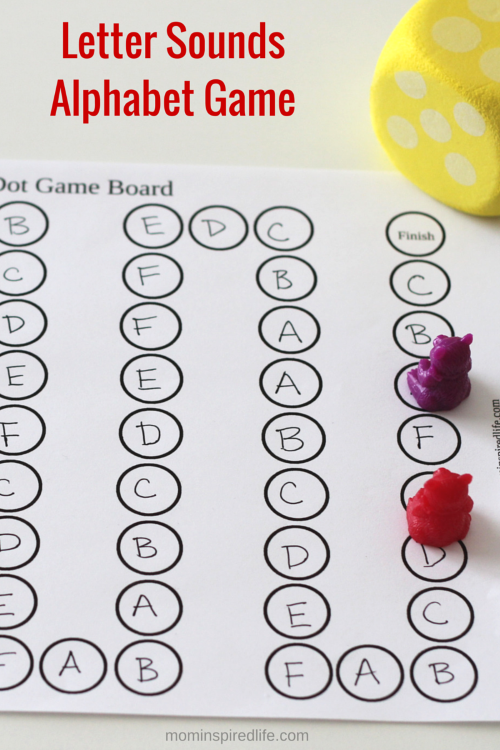
Learn more

 The ability to distinguish individual sounds in a stream of speech is called phonemic hearing. Games with words, when the child is asked to listen carefully and notice changes in words, as well as to pronounce words in syllables, are the key points in the formation of phonemic hearing. This will help in learning to read.
The ability to distinguish individual sounds in a stream of speech is called phonemic hearing. Games with words, when the child is asked to listen carefully and notice changes in words, as well as to pronounce words in syllables, are the key points in the formation of phonemic hearing. This will help in learning to read. 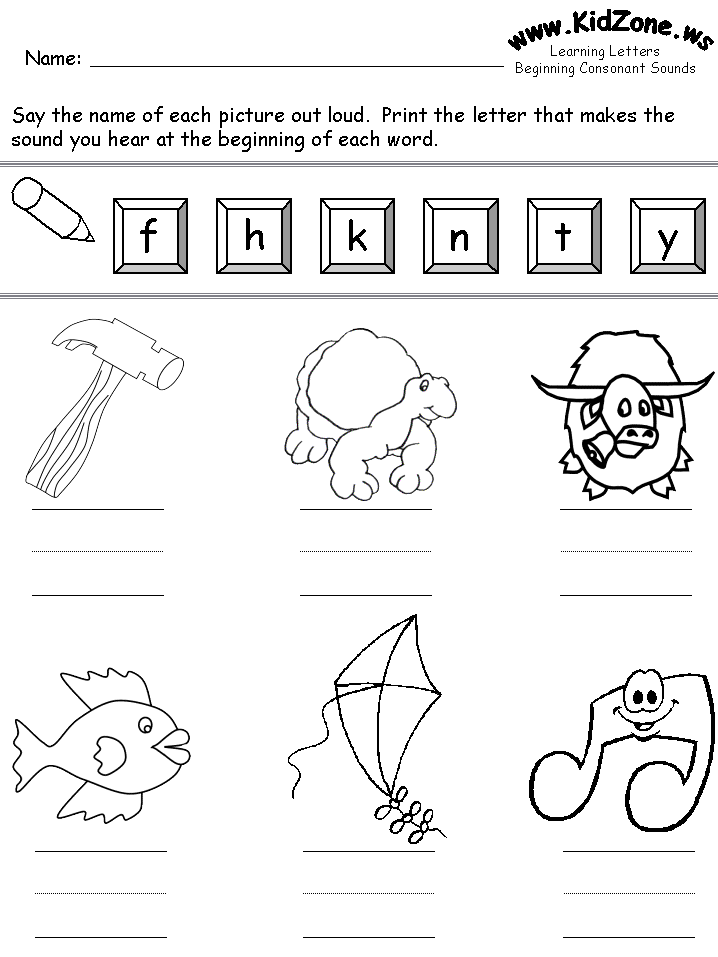
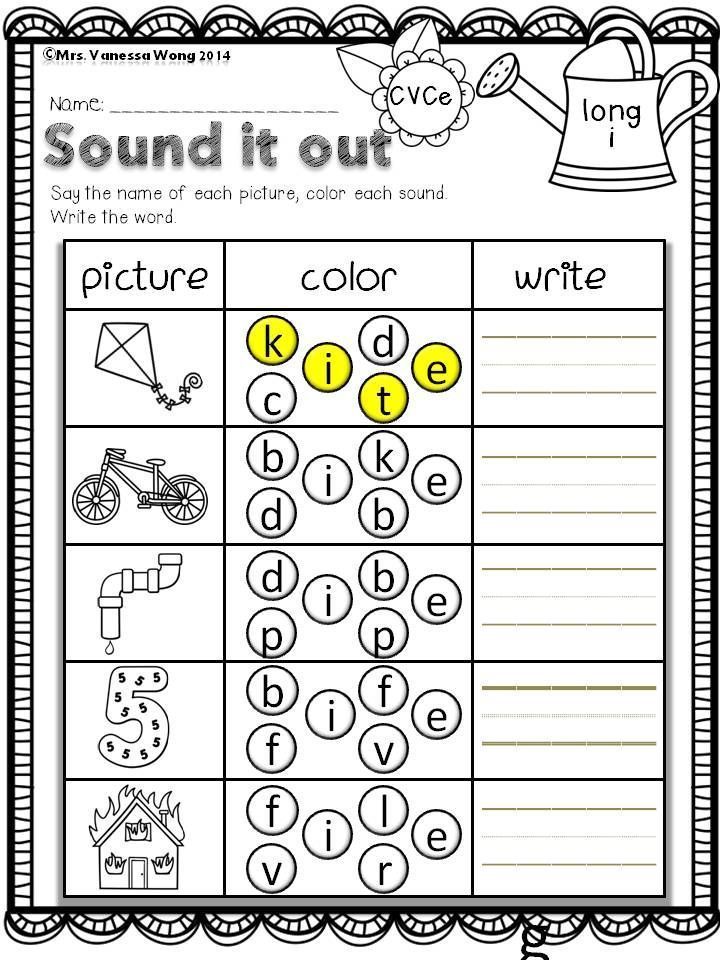
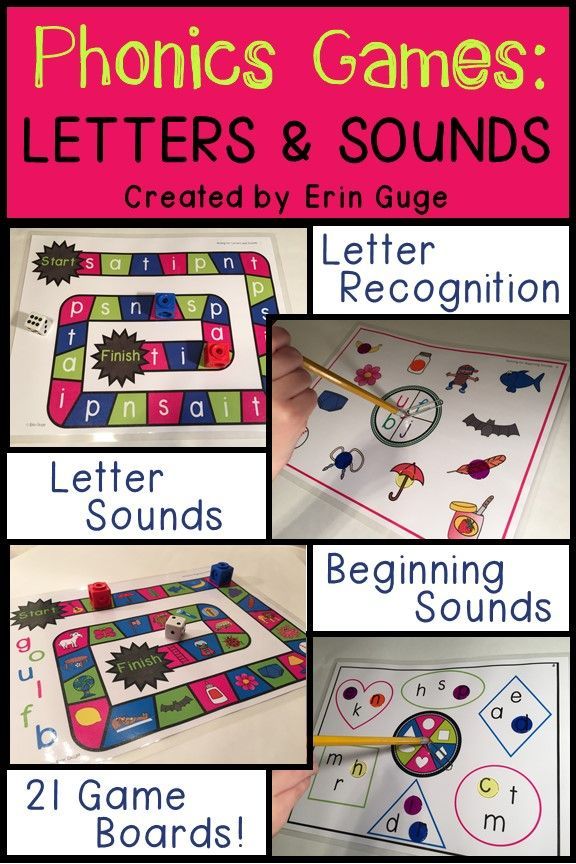

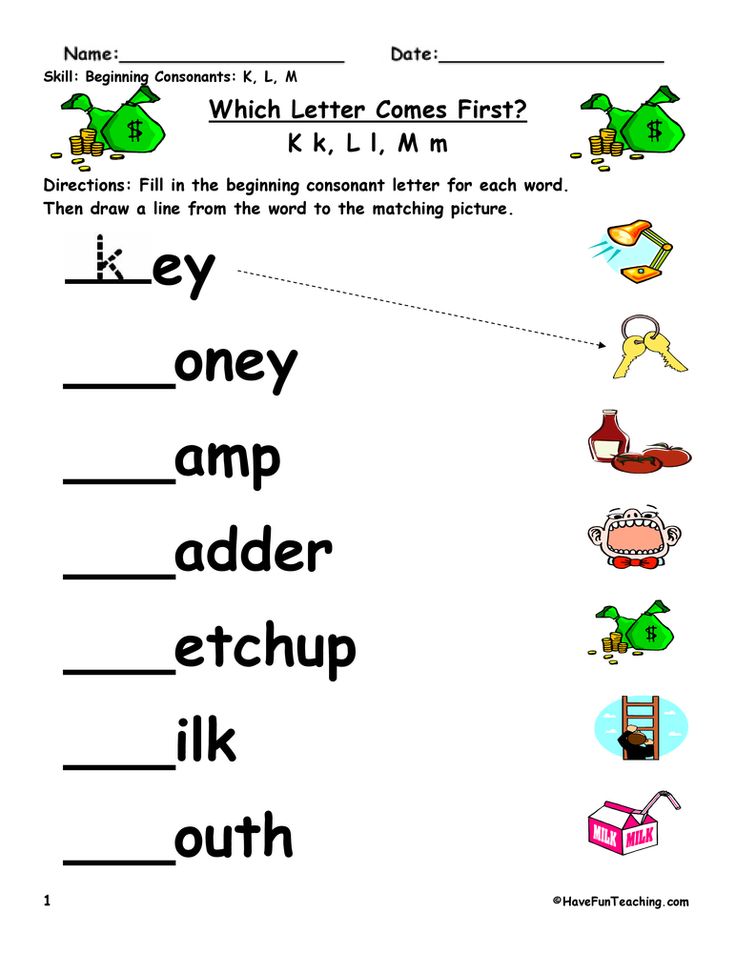
 By introducing the child to the sounds of the world around us, we help him learn to match letters and sounds.
By introducing the child to the sounds of the world around us, we help him learn to match letters and sounds. 
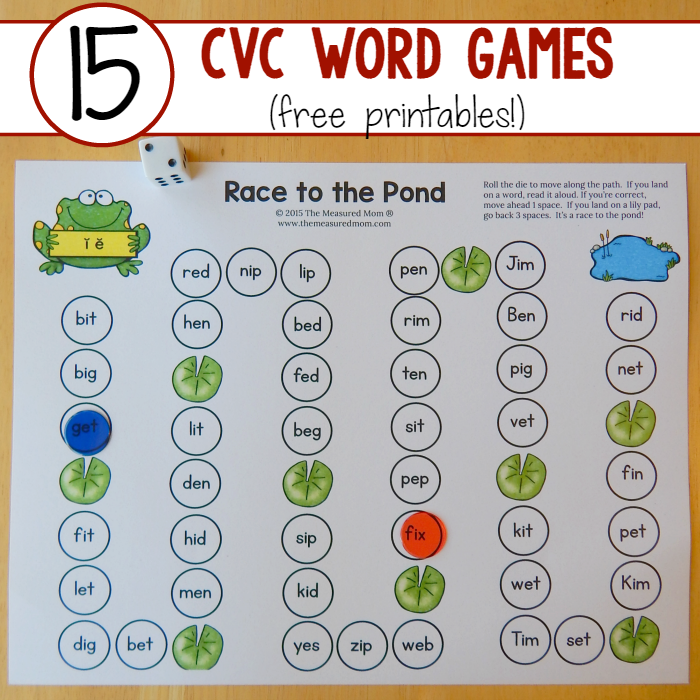
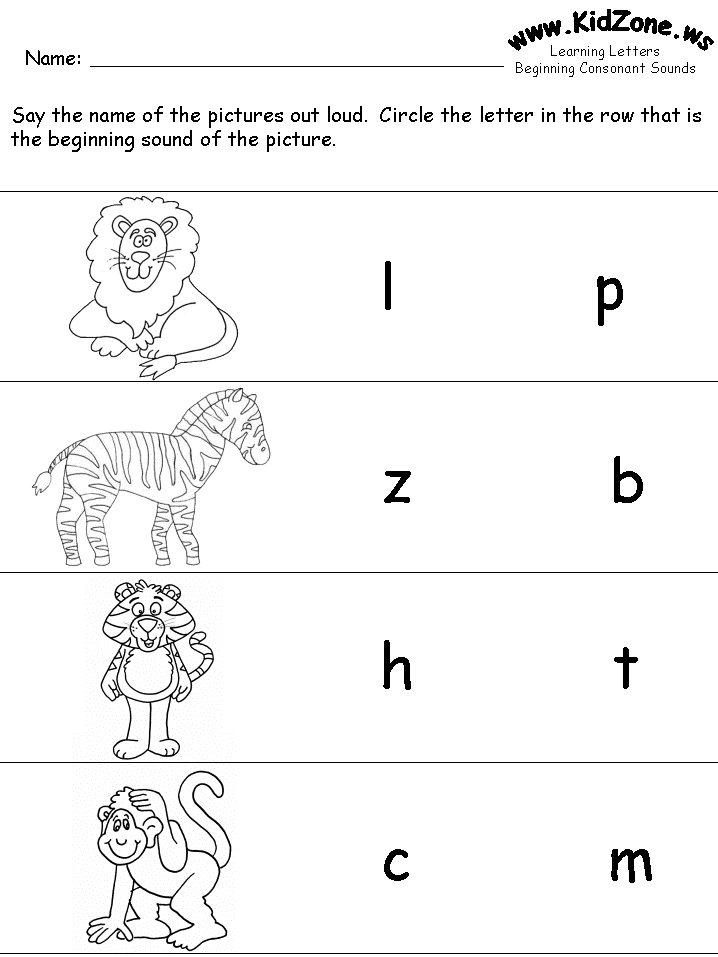 Substitute this letter at the beginning of his name. For example, if Anya chose the letter "P", then today her name will be Panya.
Substitute this letter at the beginning of his name. For example, if Anya chose the letter "P", then today her name will be Panya. 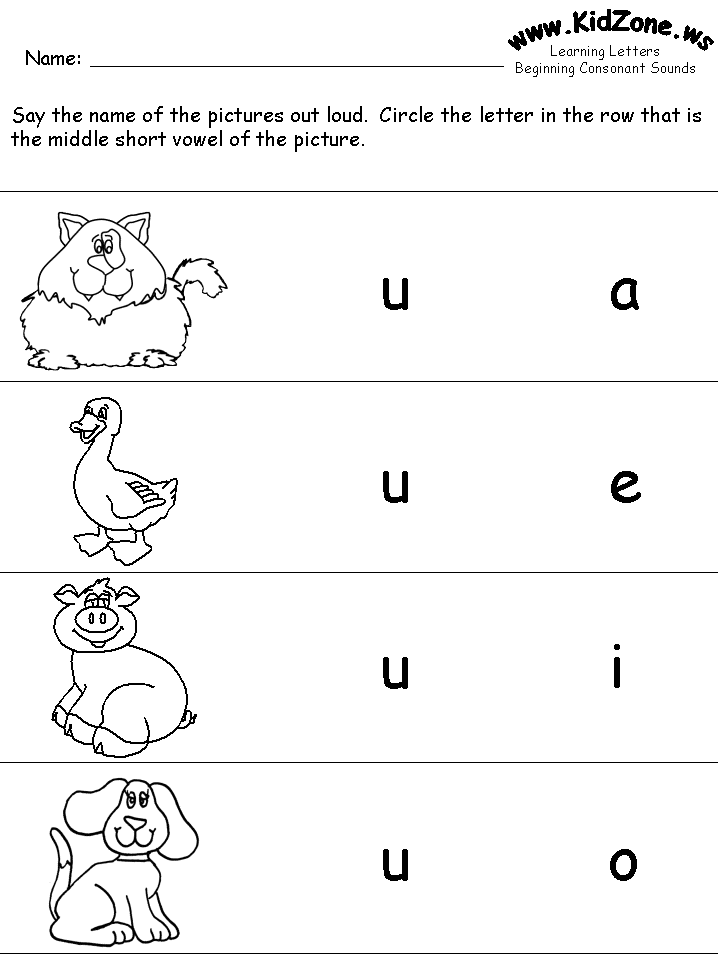
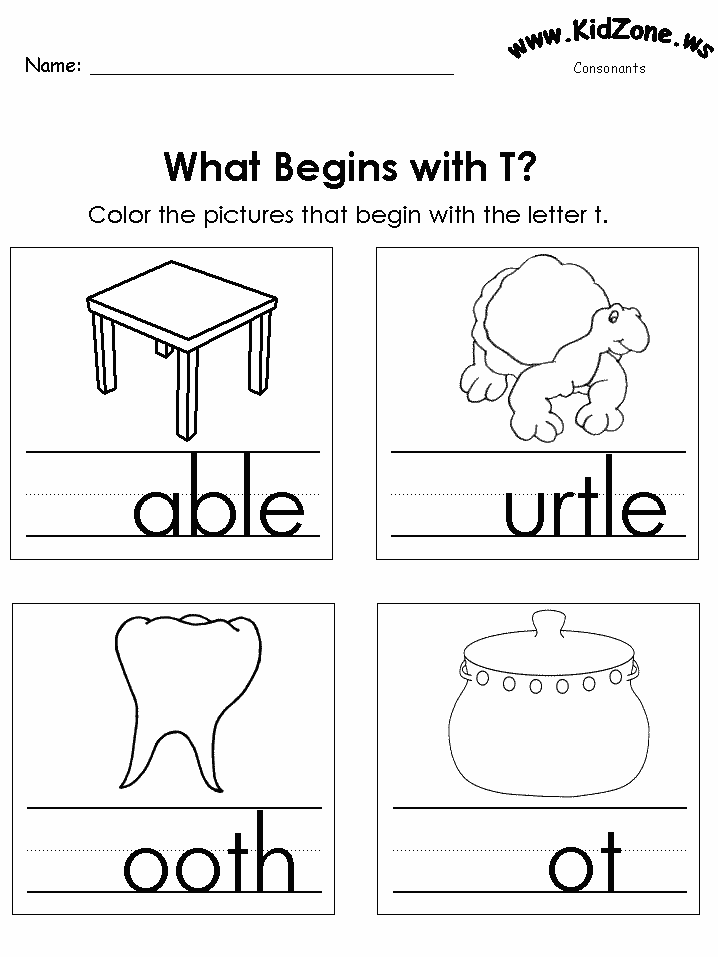 Write the same letters on 10 more cards.
Write the same letters on 10 more cards. 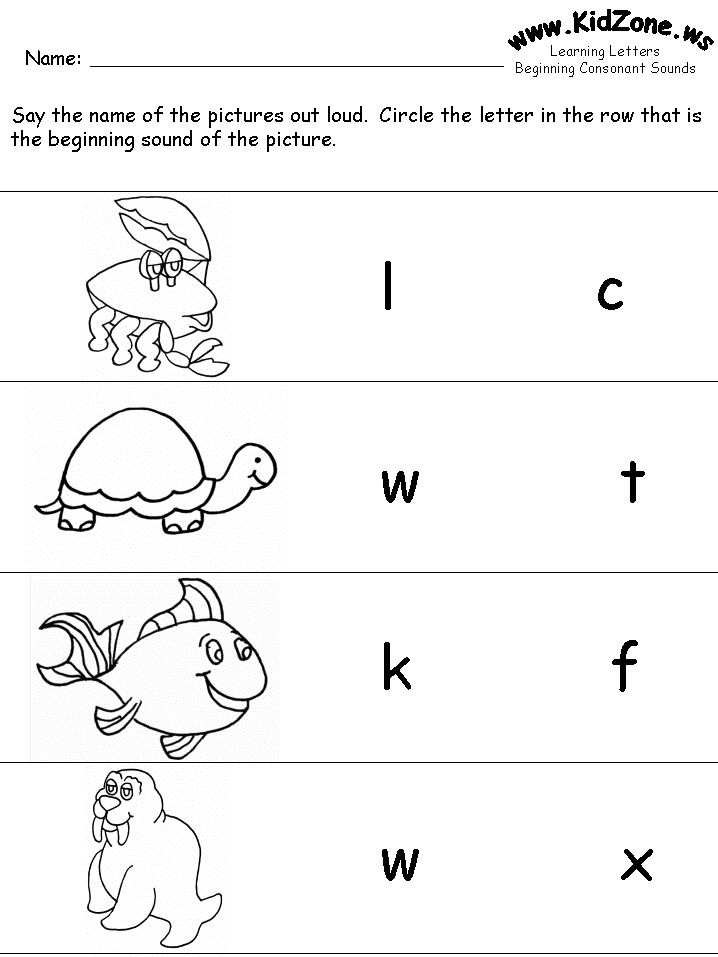
 Write on a piece of paper or on the board the words that the children have correctly marked with cotton.
Write on a piece of paper or on the board the words that the children have correctly marked with cotton. 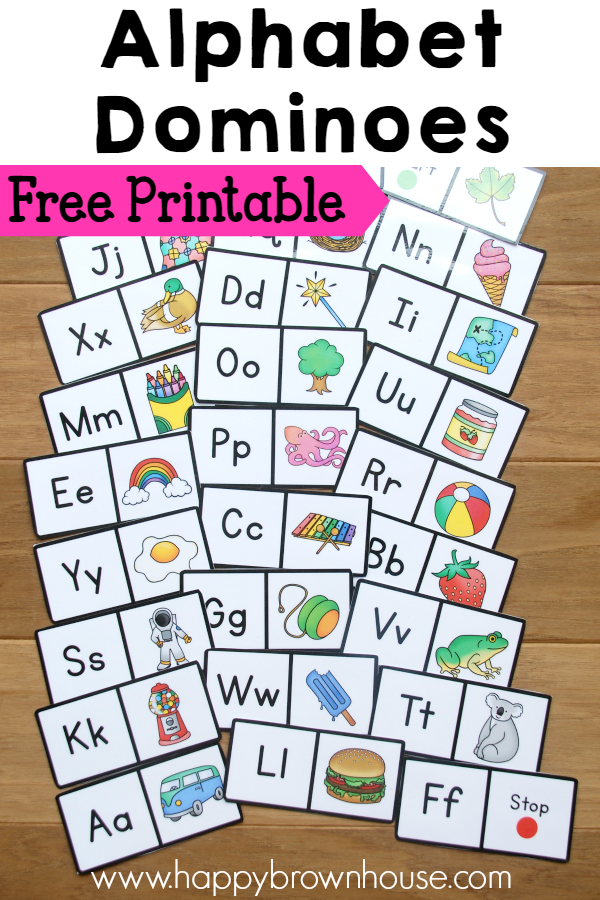 "
" 
